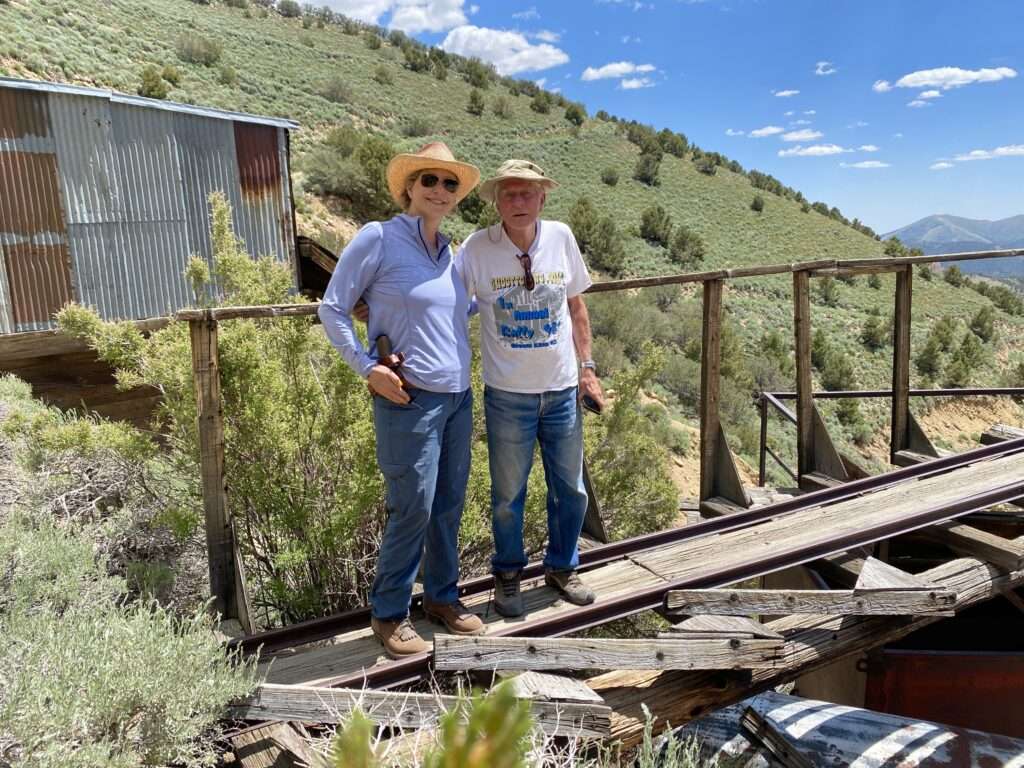
I was fortunate to be invited on my second camping trip with my hero, Stan Paher. He is the godfather of Nevada ghost towns and author of Nevada Ghost Towns & Mining Camps; the book ghost towners call “the bible of ghost towns.” Last year we camped outside of Hamilton; this year, he chose the Austin area.

The Tree Tents
I loved my camp in 2022, but the tent was super small. I couldn’t even sit up inside it and decided I needed something bigger.
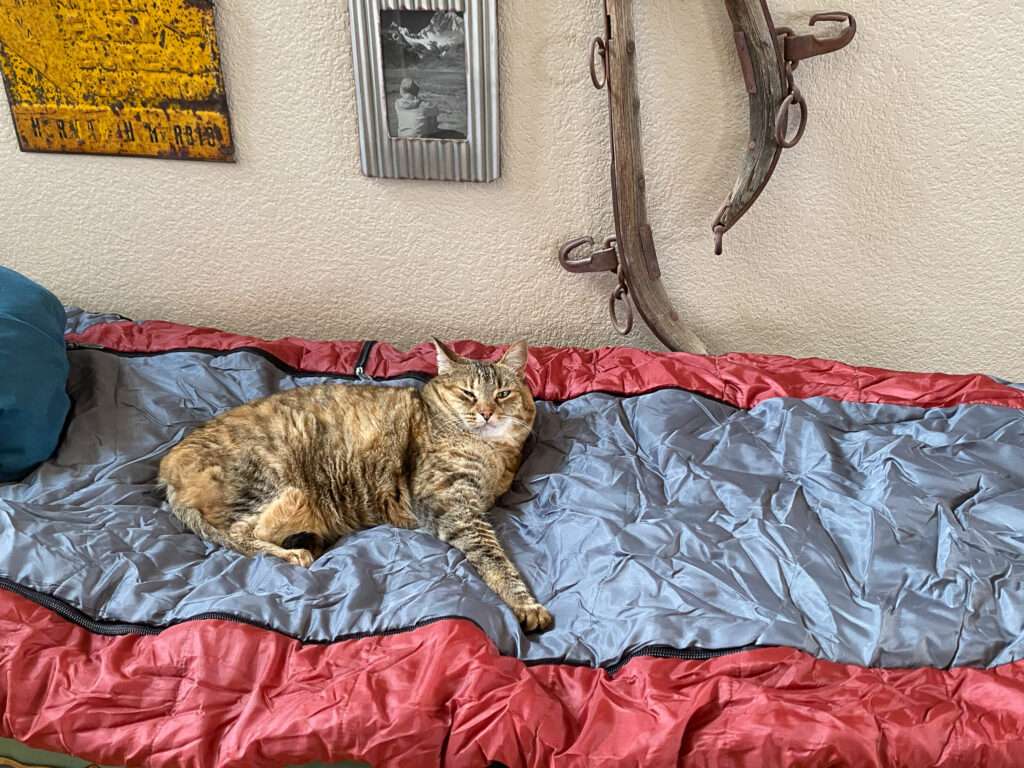

The family thought it was funny that I bought three tents in a week, but I couldn’t tell how easy they were to set up or how big they were. Between checking out my gear and looking at tents, our entryway looked like a sporting goods store. I liked the Eureka Copper Canyon tent, which was tall enough even for Hubby, but I couldn’t set it up alone. The Hewolf was super easy to set up but not much bigger than my little tent.

The Coleman tent was big, but I had it set up in 38 seconds; my little one-timed me. I didn’t realize until later they had a 4-person tent, but it was too late to switch out. Oh well, I had plenty of room and could set up a little living room. The Coleman worked great; now I am glad I have the 6-person tent. Hammering in the tent stakes took longer than setting it up. Takedown was easy; it even fit back into the bag it came with, an amazing feat for any tent. The only change I would like is some hooks on the interior to hang lights.
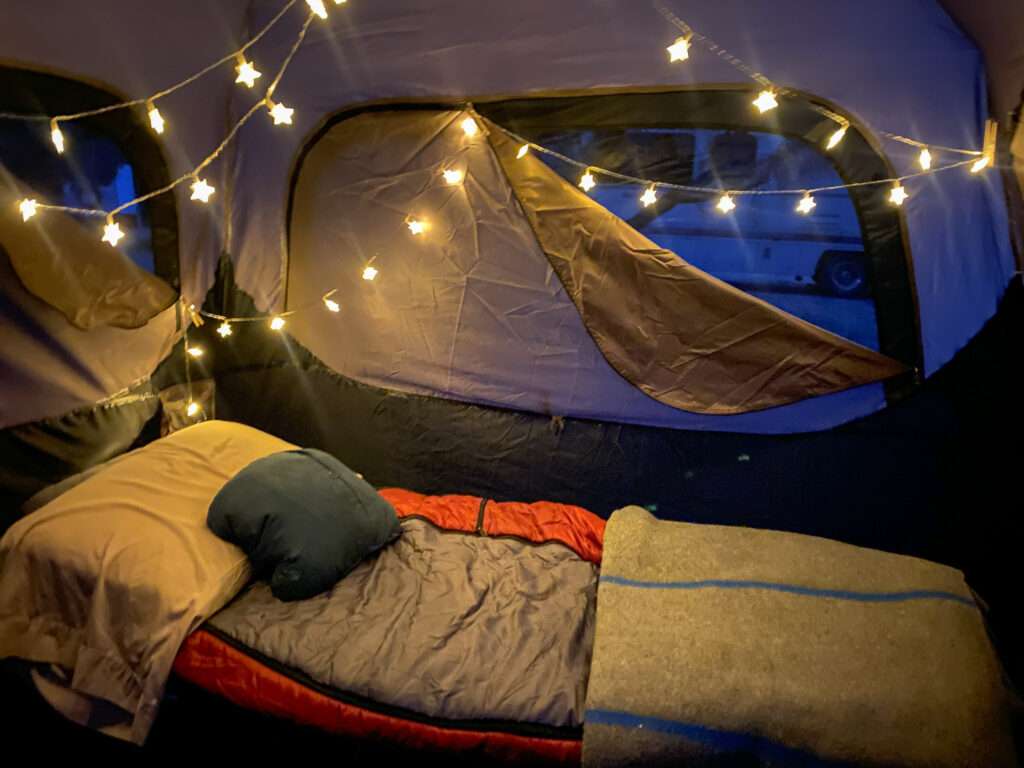
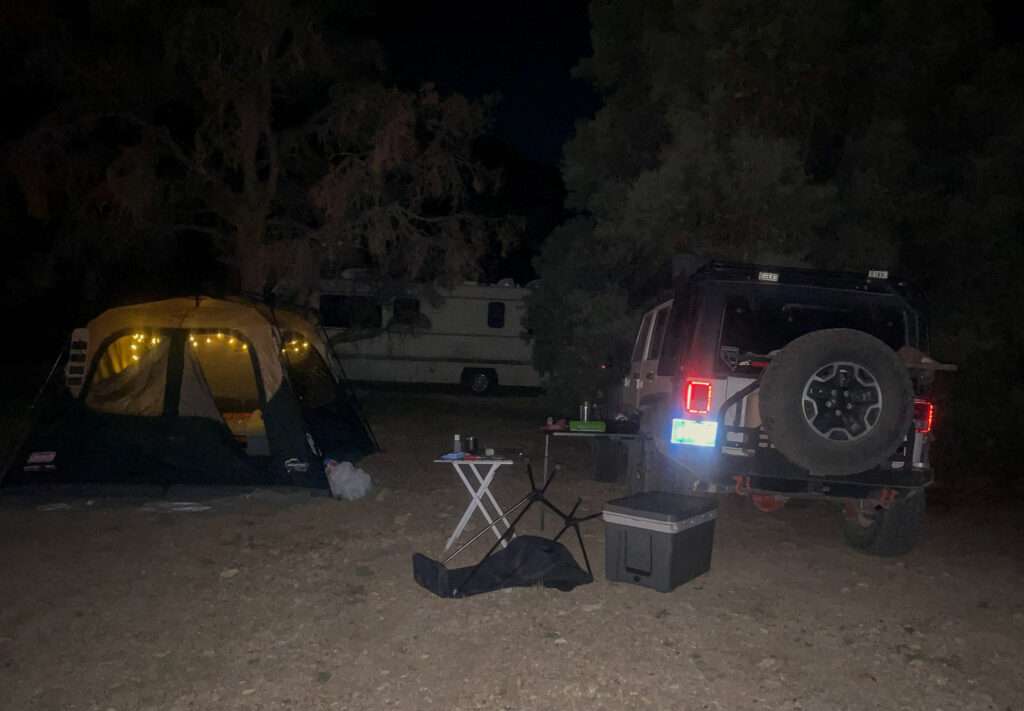
Speaking of food… because I always talk about food
Meals were prepared at home for the family and prepped for me to cook over the campstove. Jambalaya with shrimp and andouille sausage the first night, and potatoes, peppers and steak bites the next. The first night I had extra jambalaya and the guys jumped at the chance to have some. The second night (steak bites), I thought I had a lot of extra. I asked Austin if we should share, and he said he finished it all; they must have been pretty good.
Of course I took the fixings for smores!
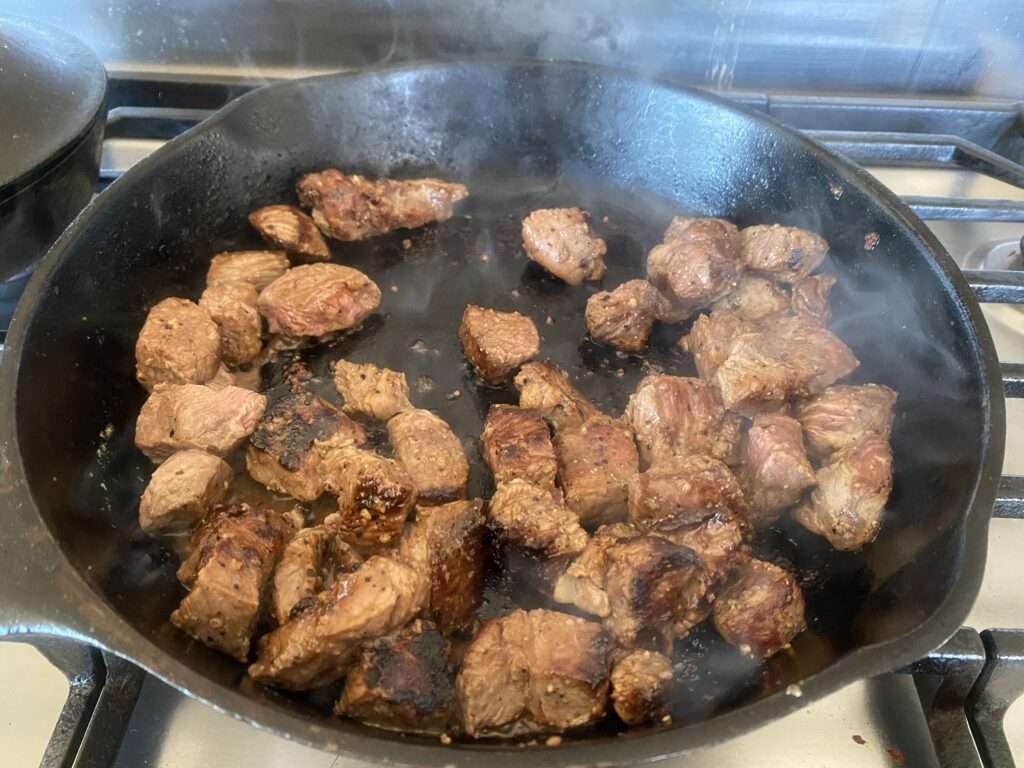
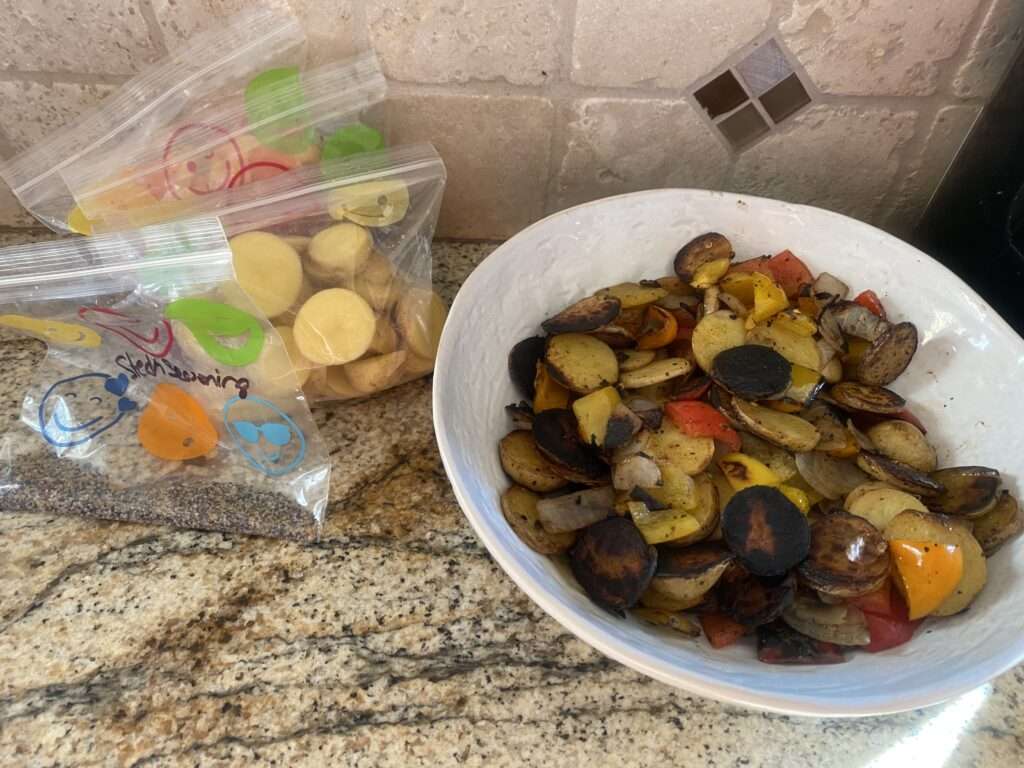
The tire table has been a great purchase. This year I added a super lightweight folding table from Sportsman’s Warehouse.
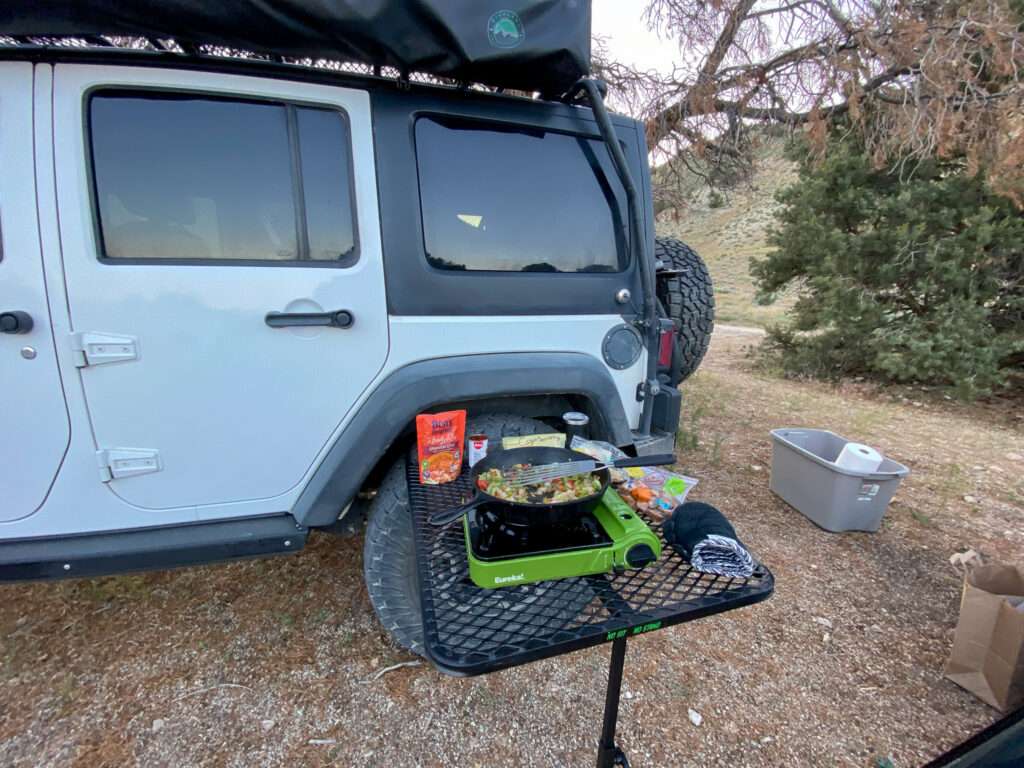
The Magnificent Seven
Stan dubbed our group the Magnificent Seven: Stan, me, Steve, geologist and Jeeper, Scott from last year’s trip and two men who have been in more canyons than anyone in Nevada. Scott’s son Steele ended up coming, making us the Great Eight.
Austin of Nevada Expeditions was invited last minute, so I adjusted my supplies so I had enough food for both of us. I just about had to bungee him to the roof rack; Honey Badger hadn’t an inch to spare once I added his gear.
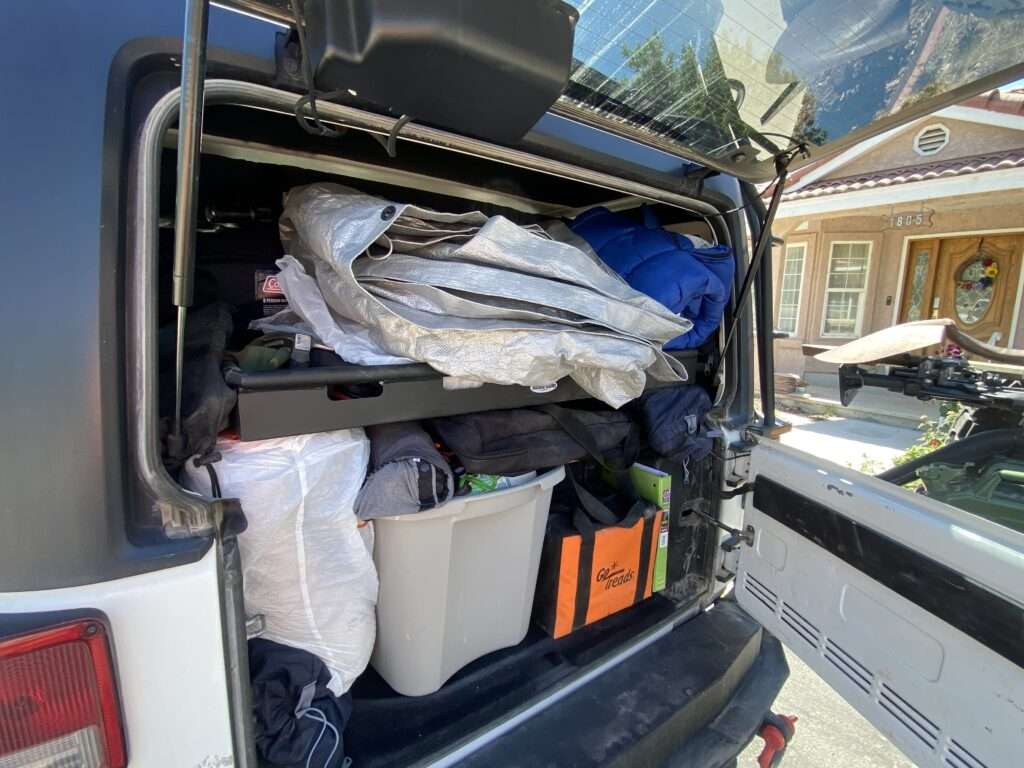
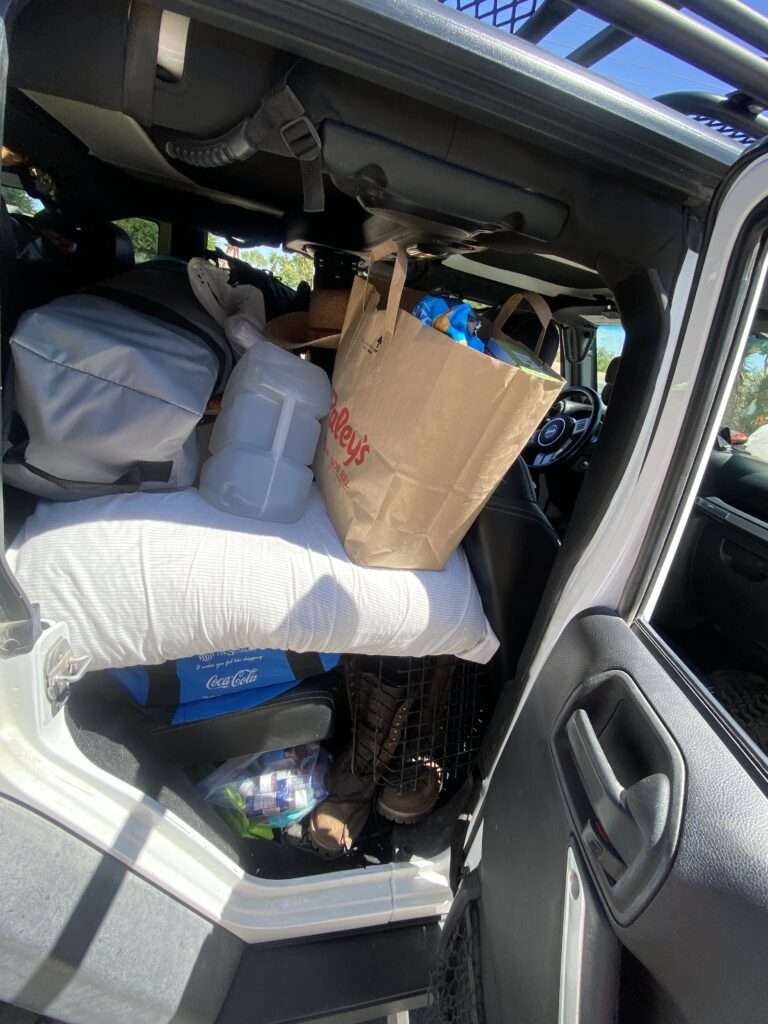

Day 1
Edwards Creek Station
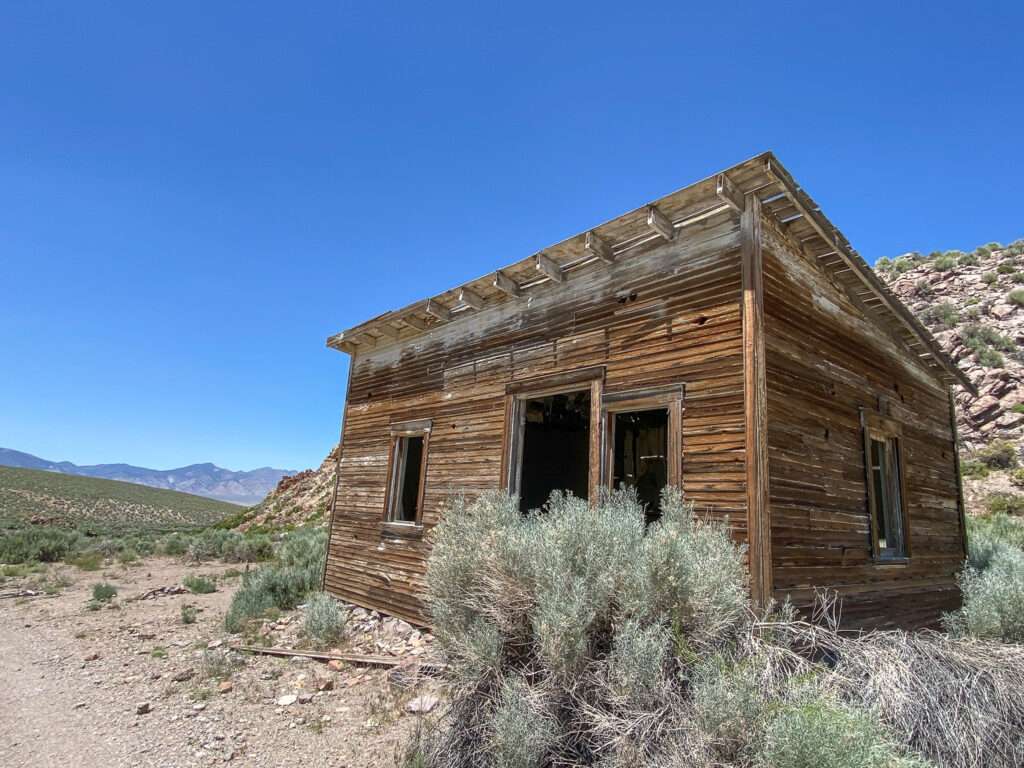
We didn’t need to be in camp until later, so Austin and I had lunch at Cold Springs. After a delicious burger, we headed to Ewards Creek Station and Whitaker Ranch.
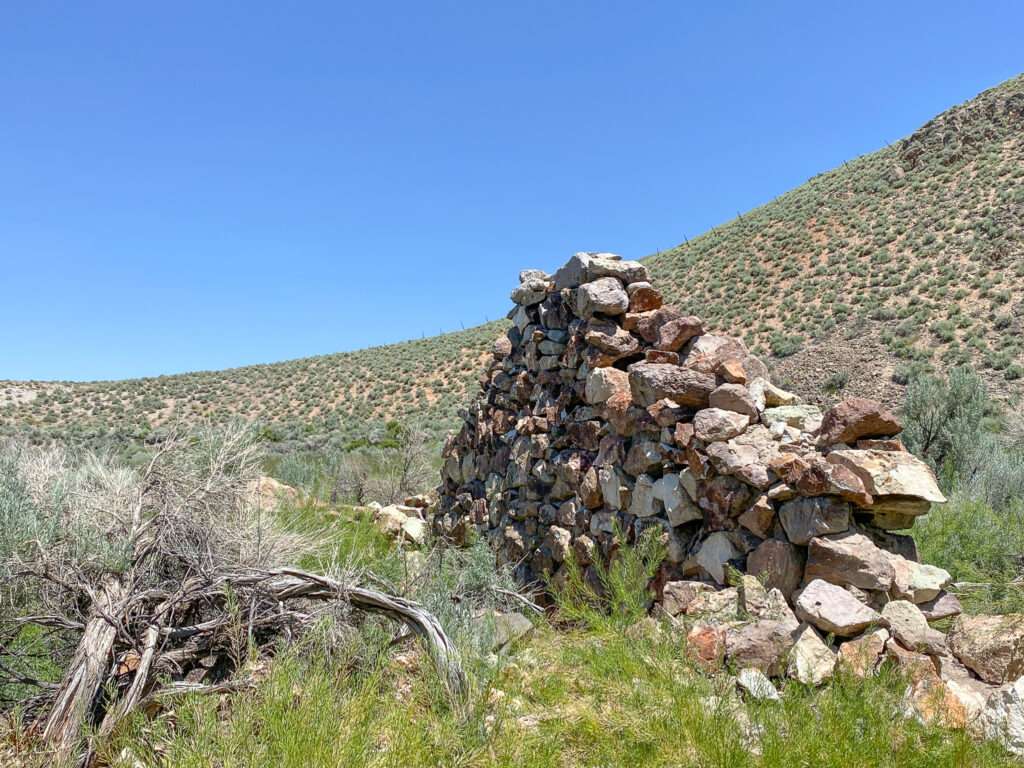

Edwards Creek was a station on the Pony Express and Central Overland route. The station later became part of the Whitaker Ranch.
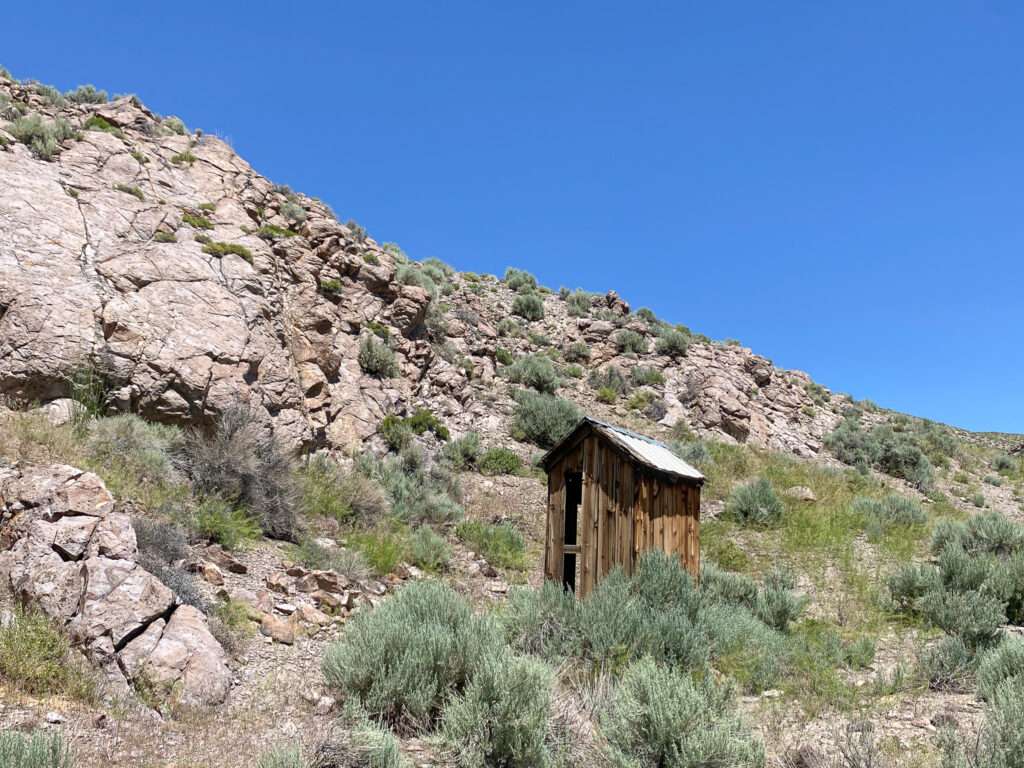
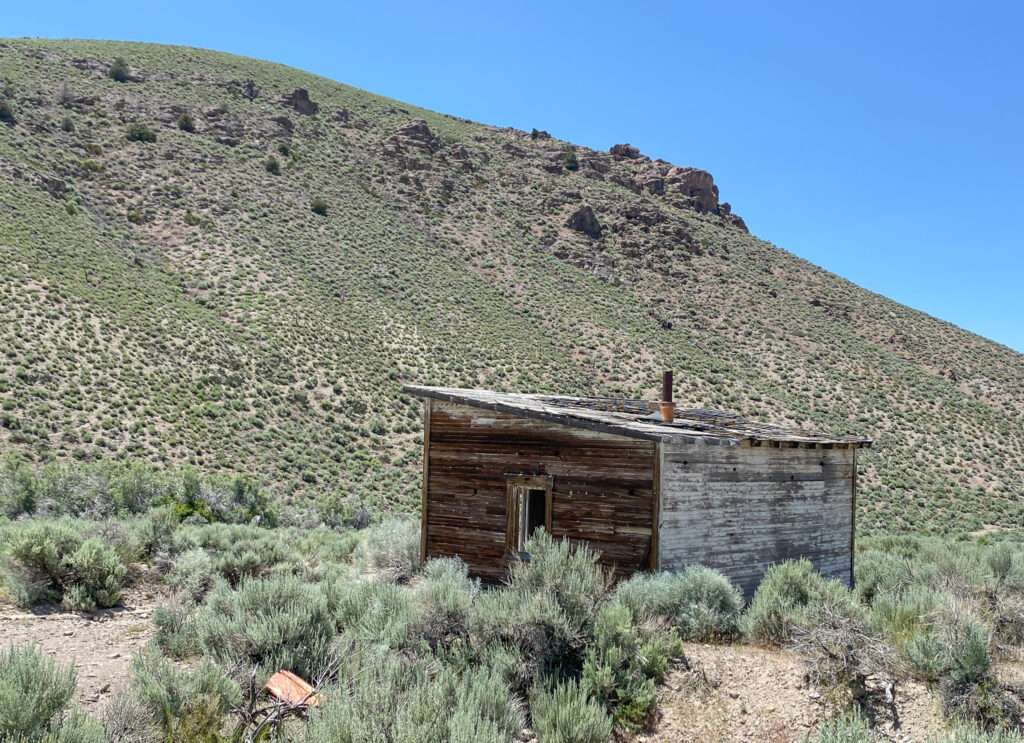
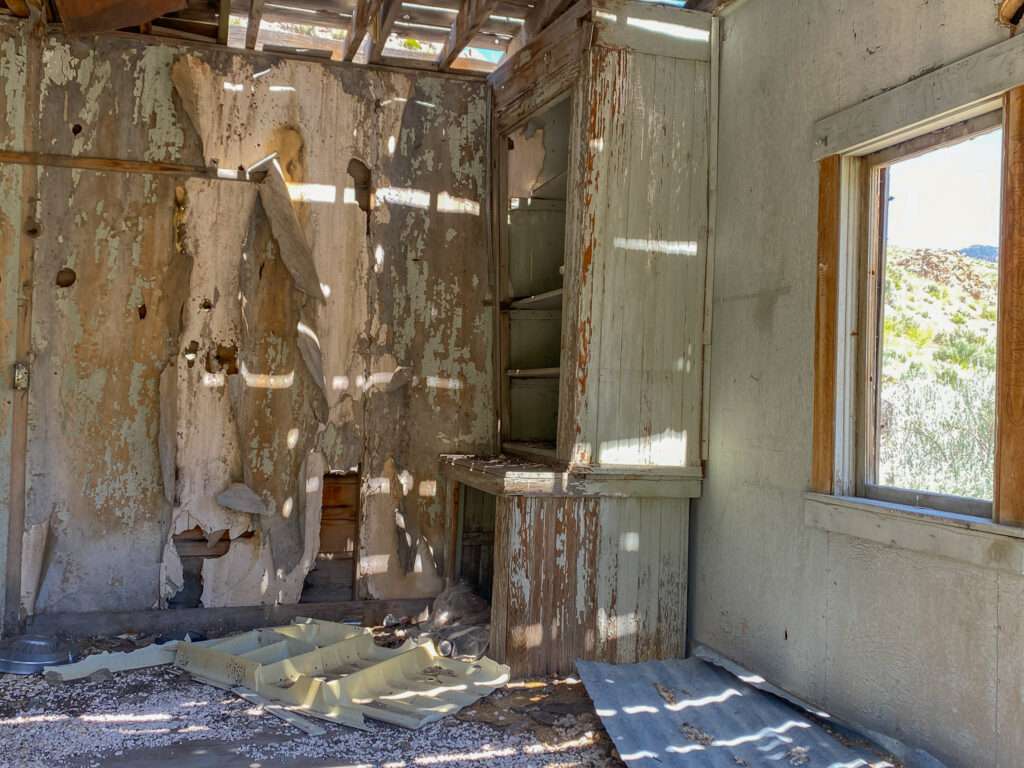
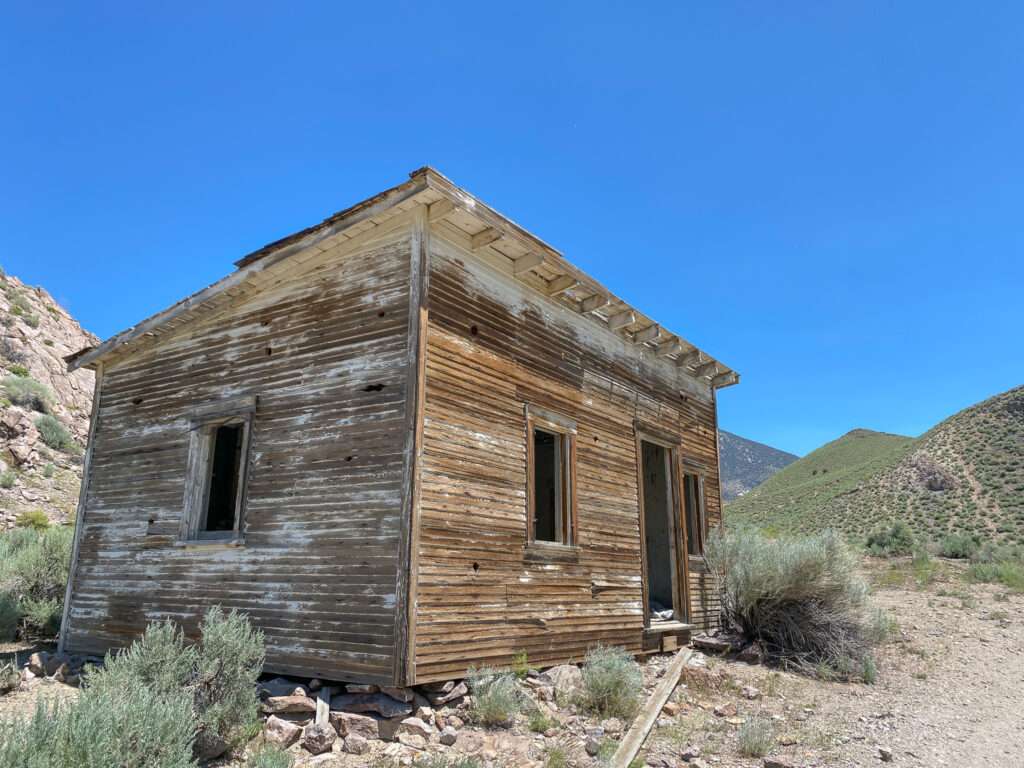
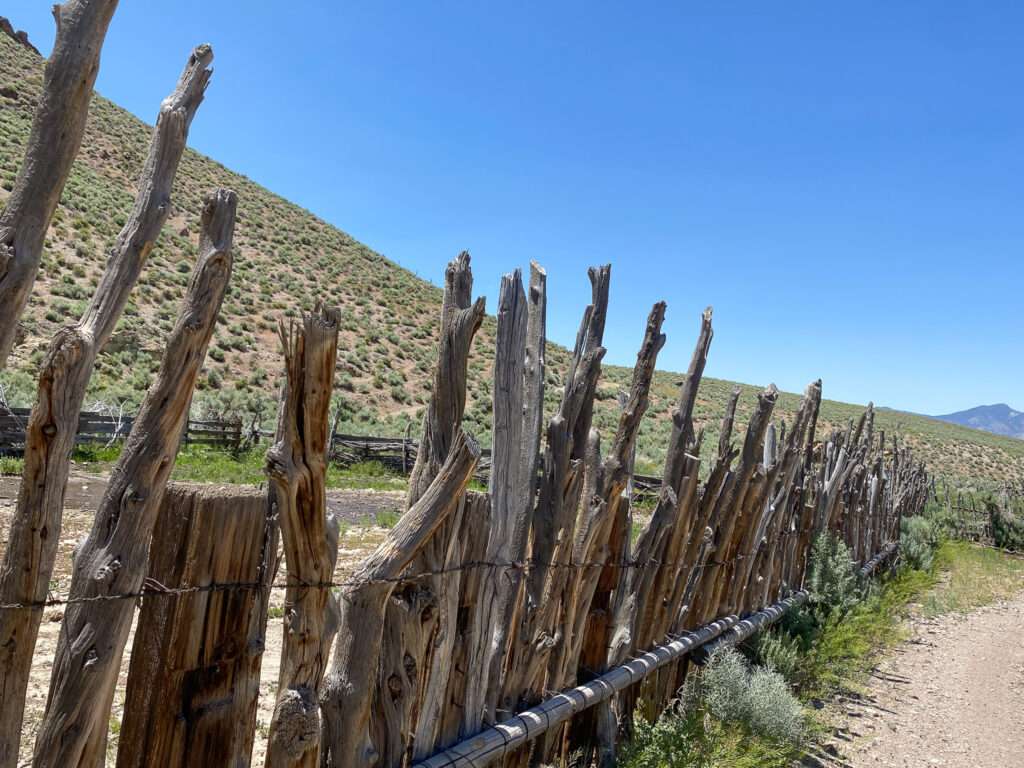
Day 2
Day one started late as we were waiting for a travel companion, but we quickly ran up Birch Creek. Clinton was inaccessible, but we stopped at Geneva.
Geneva

Prospectors discovered silver ore in 1863 in Birch Creek, and soon, a town developed. A population of several hundred supported stores, boarding houses and saloons. Miners built houses out of canvas, wood and stone.
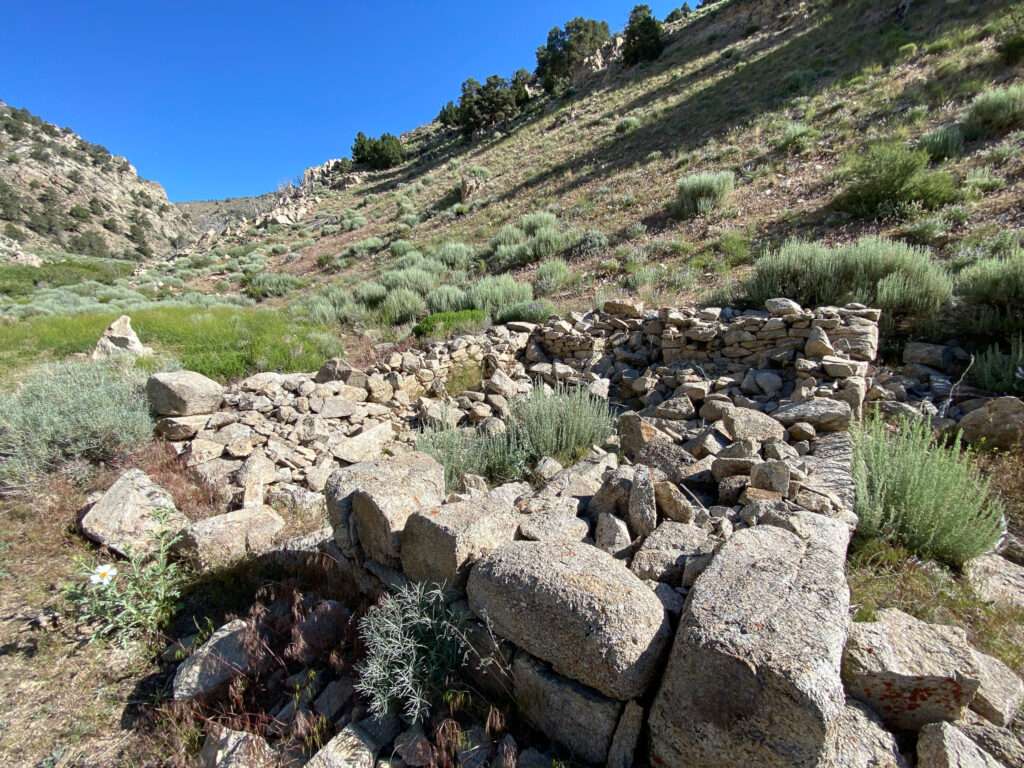
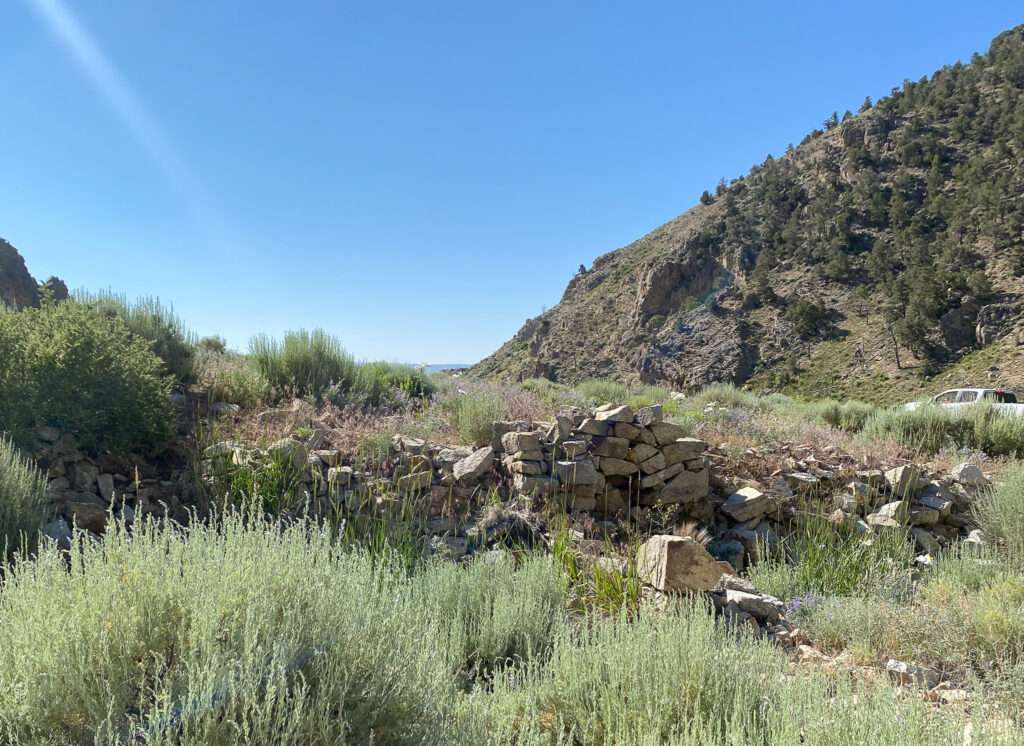

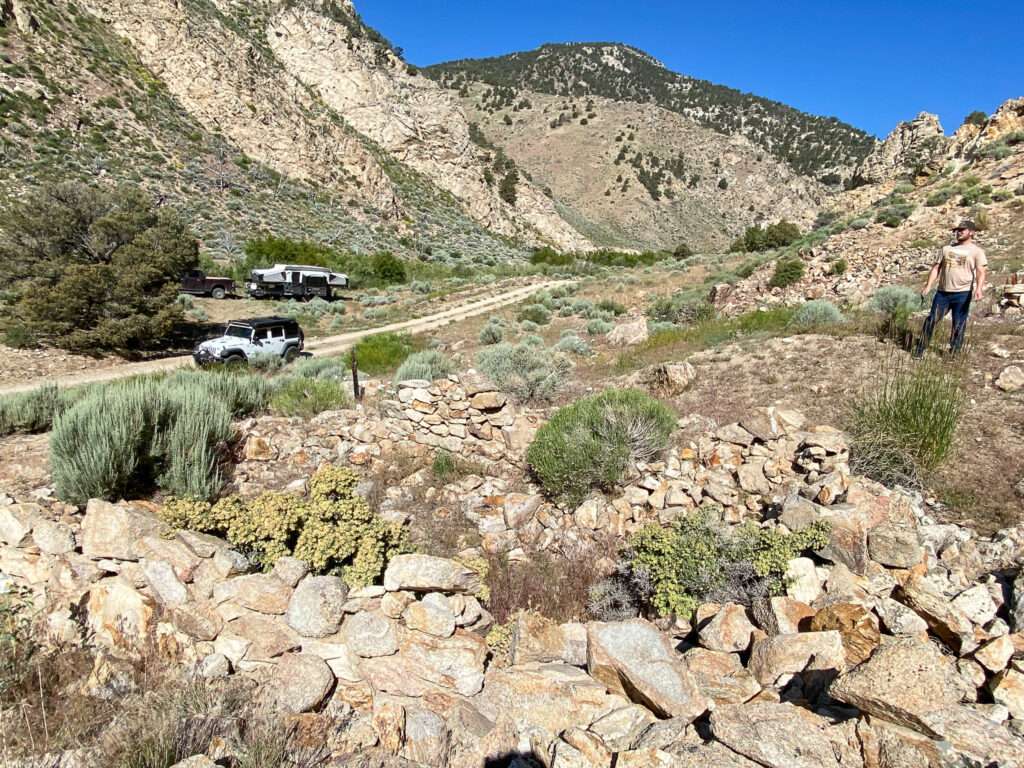

While mining was active, no mills existed to process the ore. In 1866 a 20-stamp mill was constructed by the Big Smoky Mining Company. It ran for only a few days before closing due to the low value of the ore. The town was ghosted in 1867.
Senator Mine
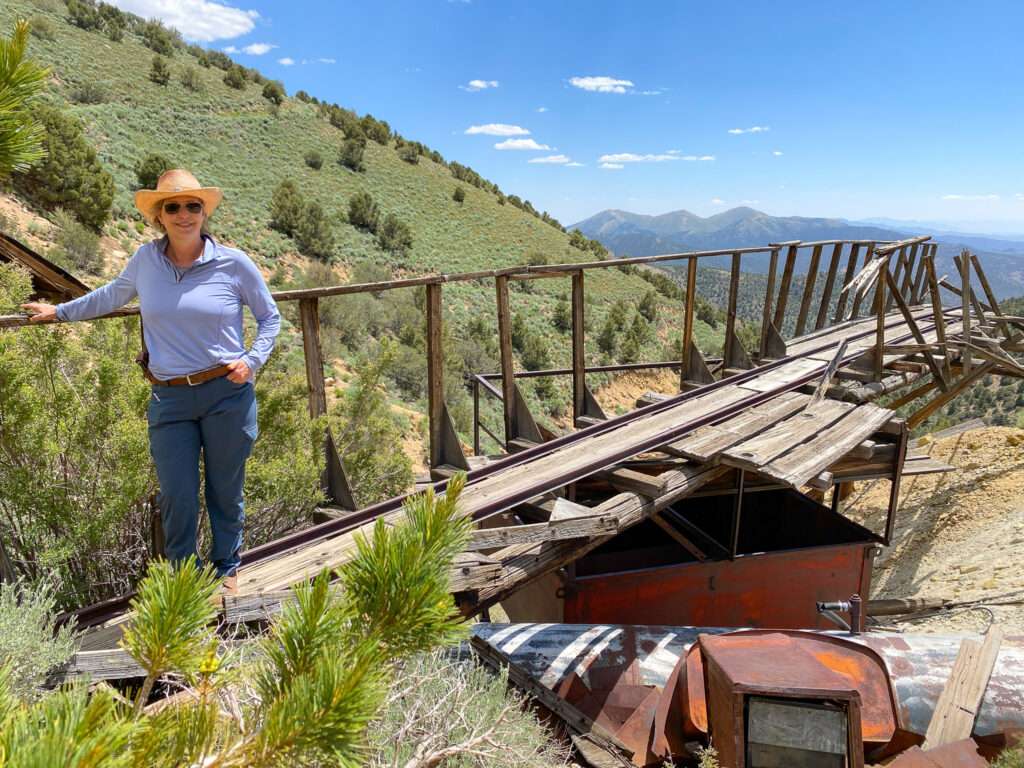
The impressive ruins of the Senator Mine are tucked over a 9,500 peak which still had snow in July. It was a mercury mine, first operated in 1925 through WWII.
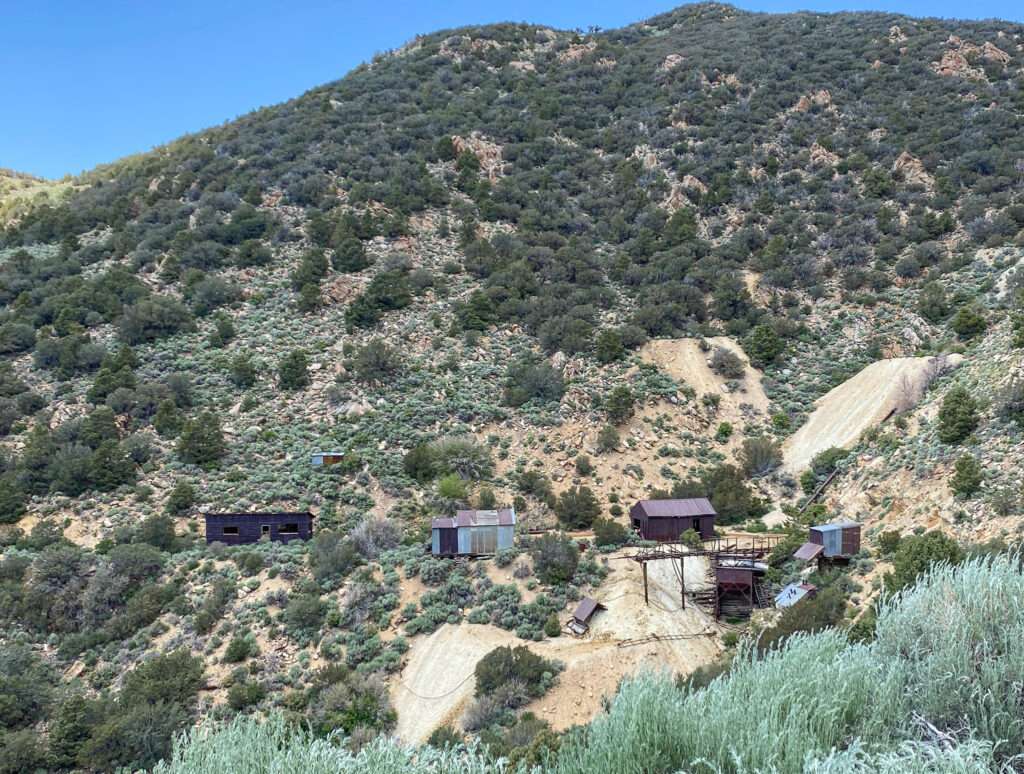
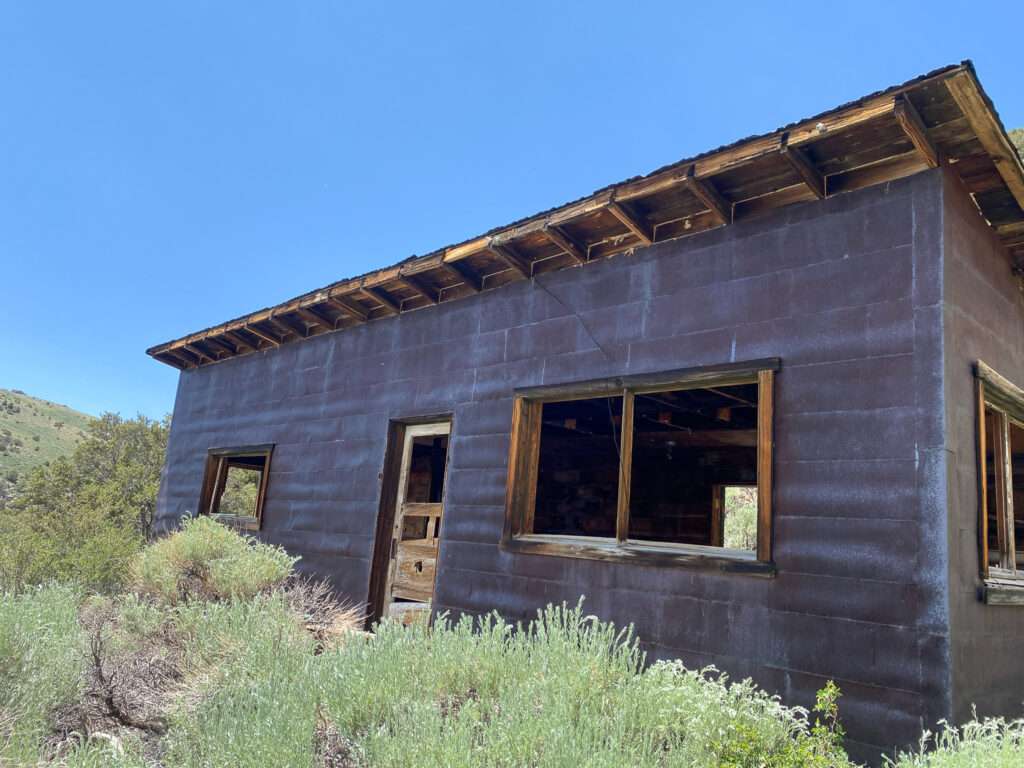
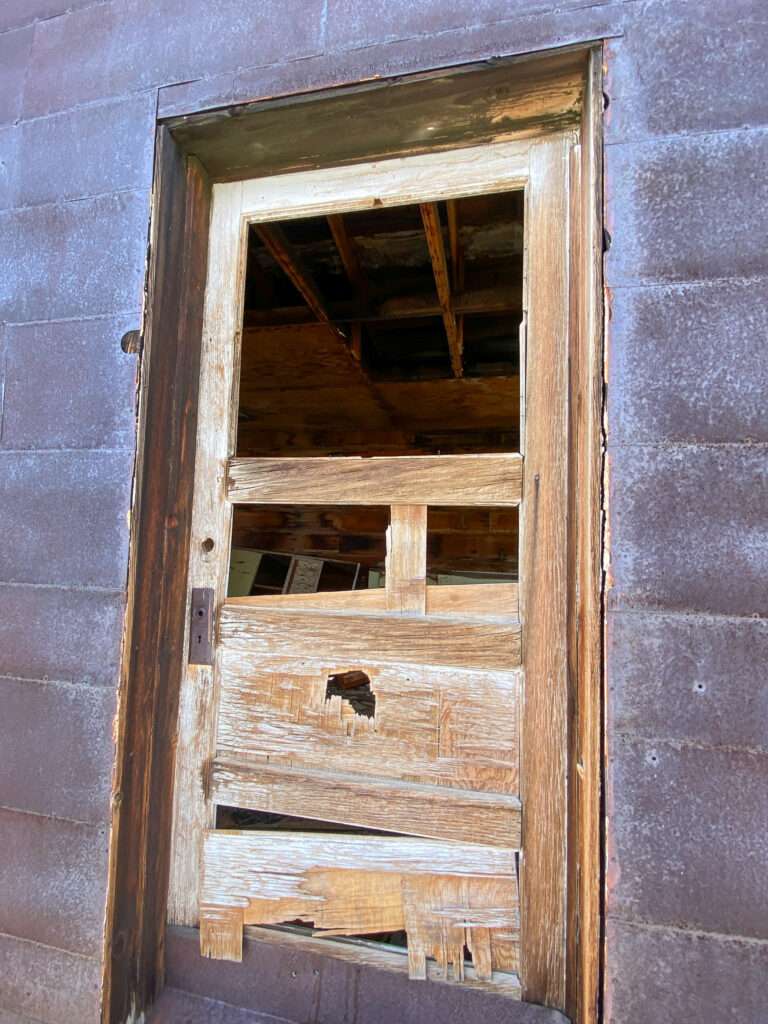
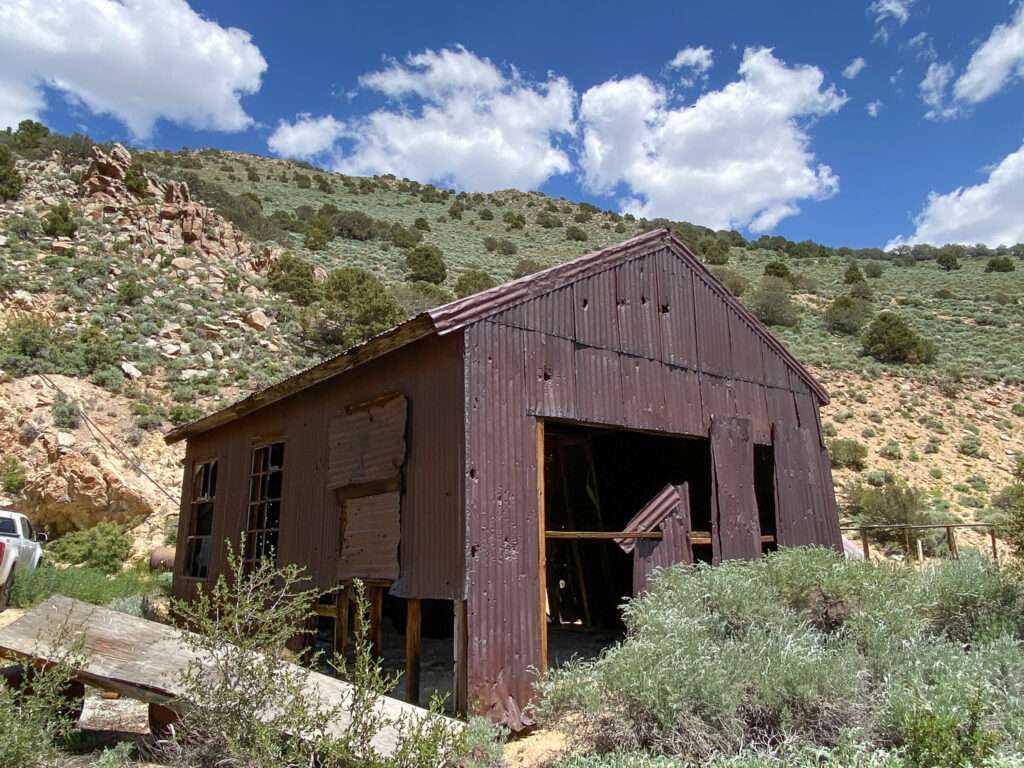
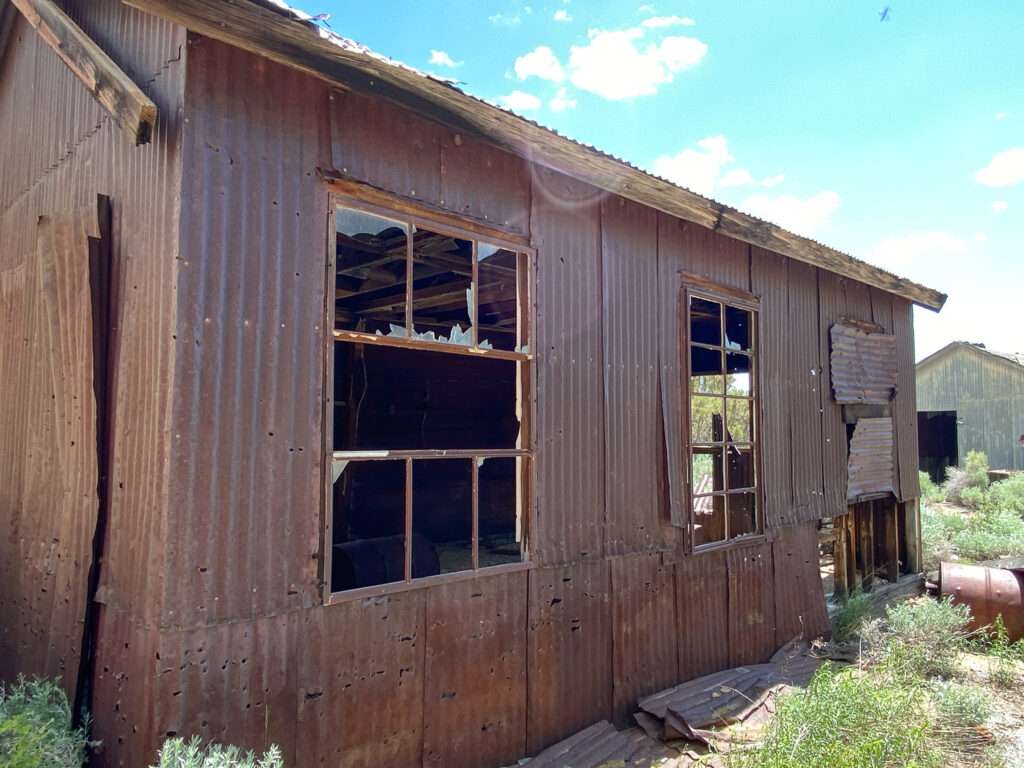
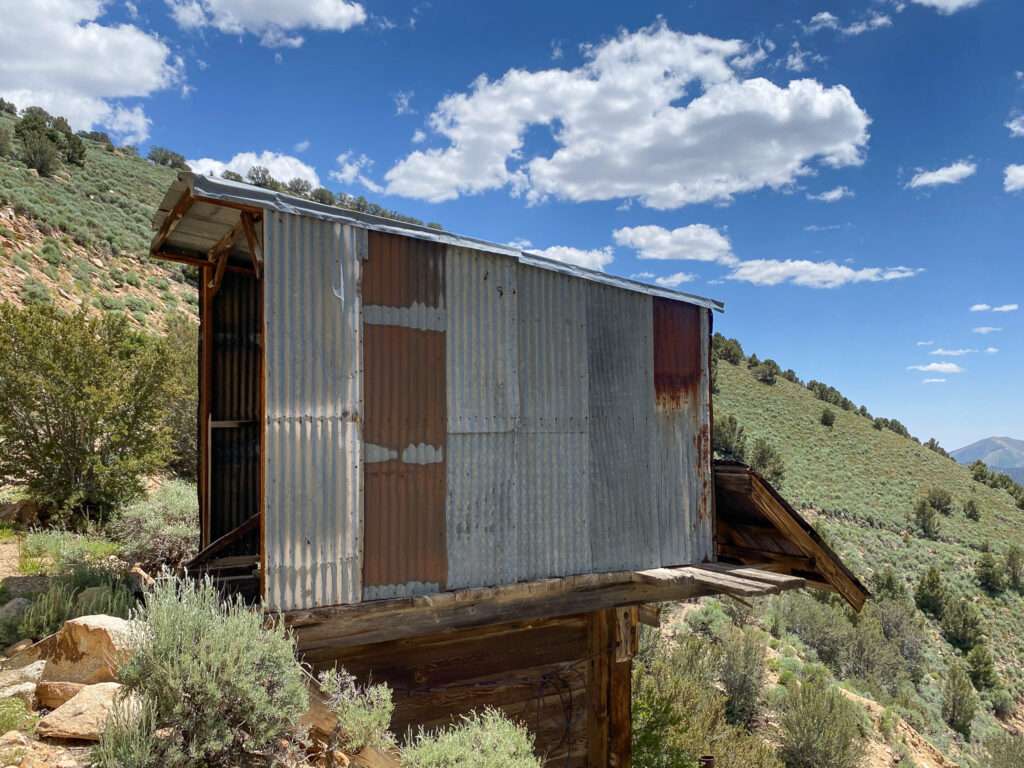
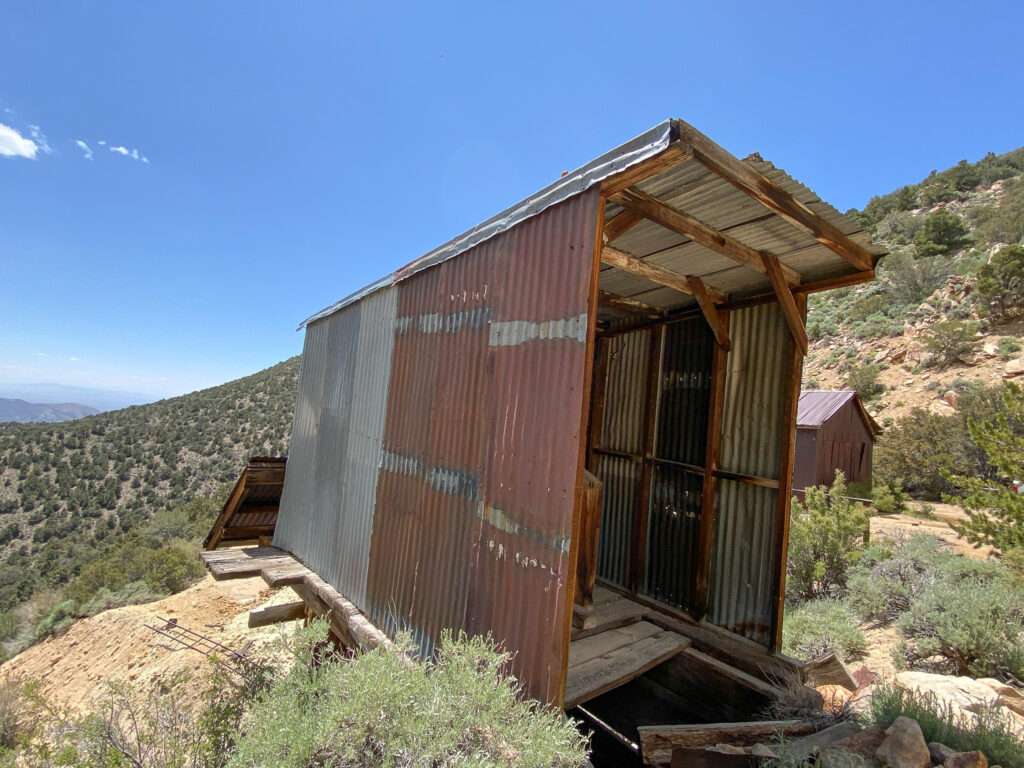



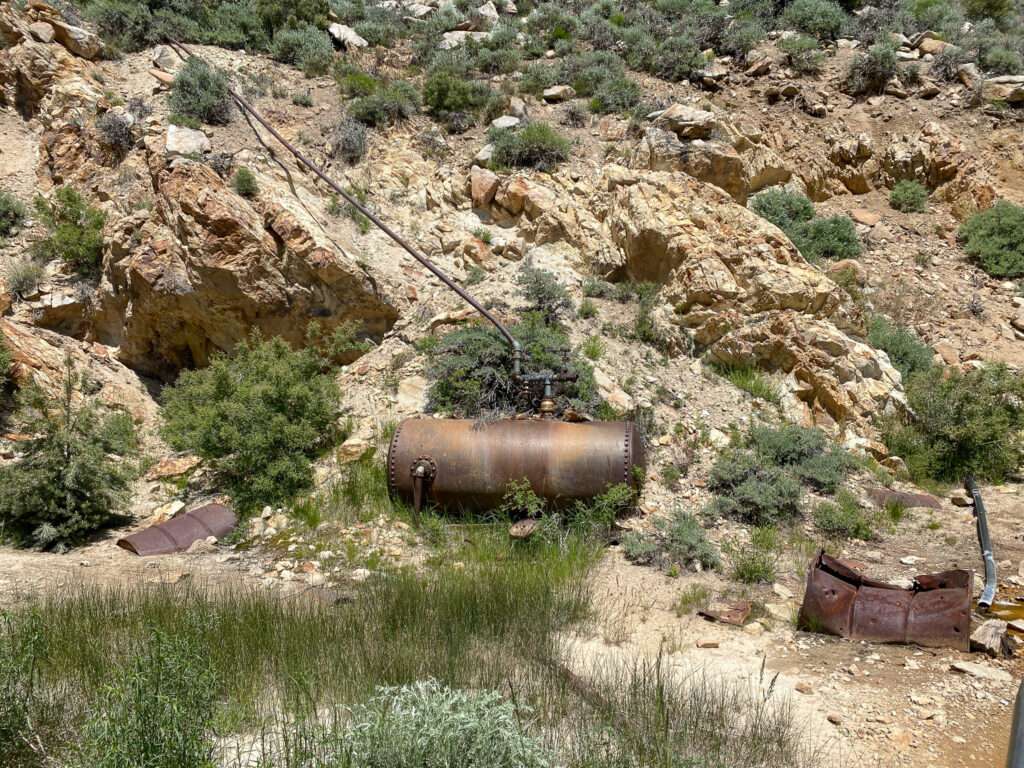

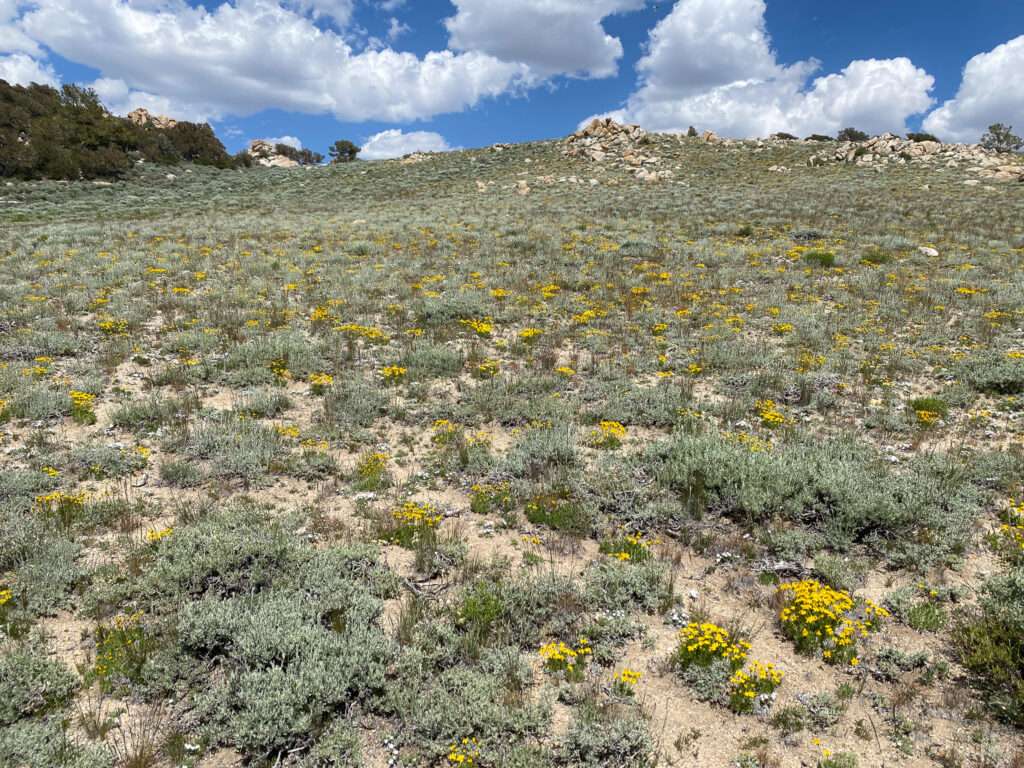
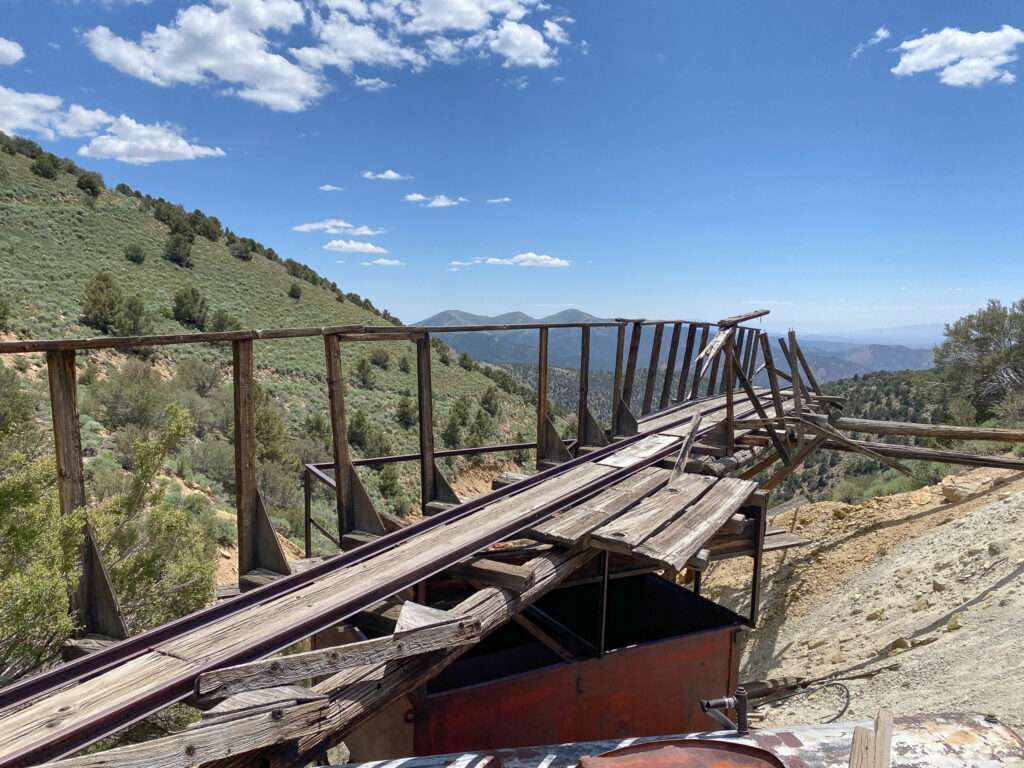
Jefferson
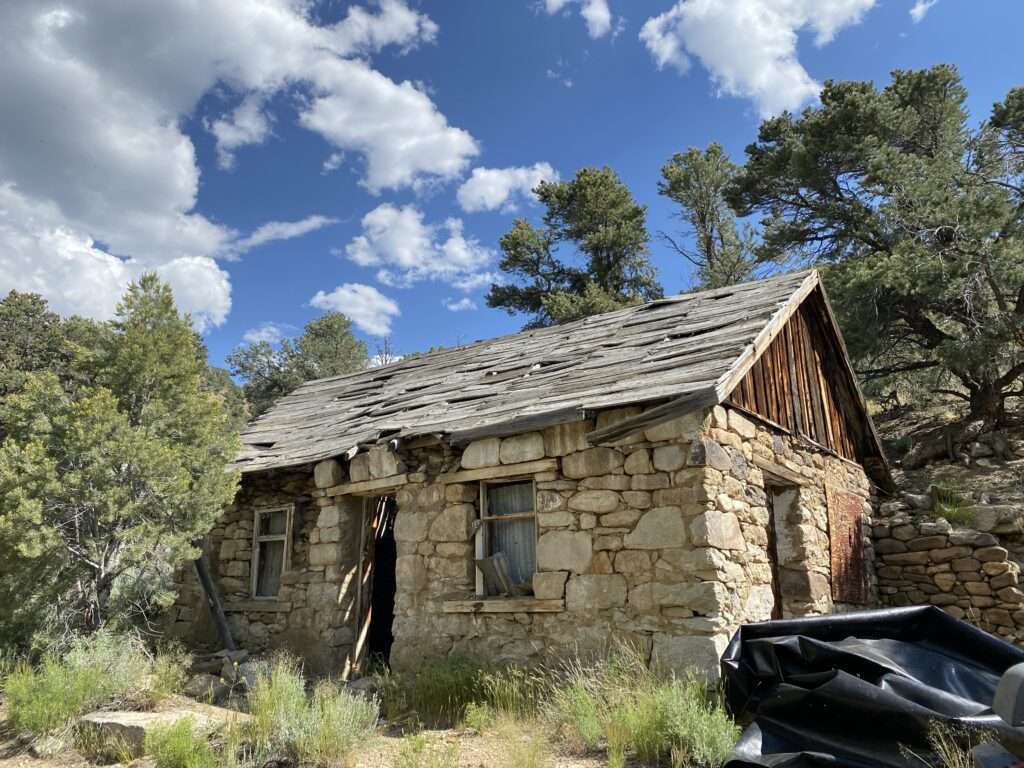
Jefferson was the highlight of the day and the trip! I have never seen such an extensive ghost town. It would take a day or more to explore the ruins fully. I would love to return to camp in the area.
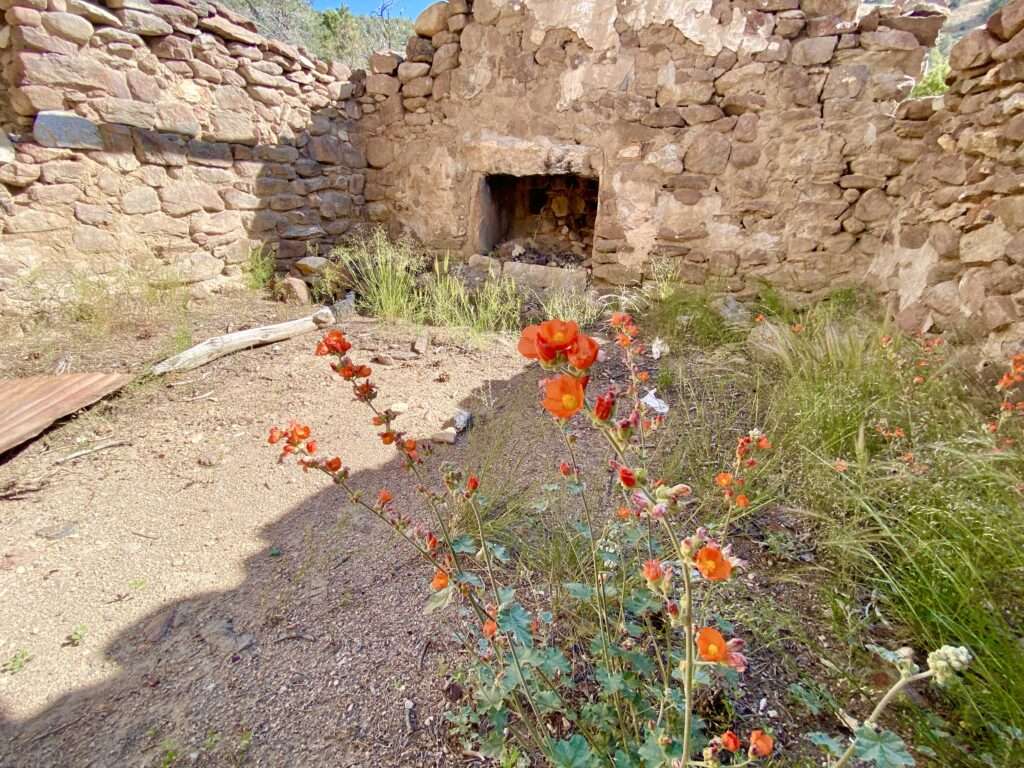
R. Chanrock and A.V. Wilson discovered ore in 1865. Additional veins were discovered in the 1870s, and two 10-stamp mills were constructed in 1874.
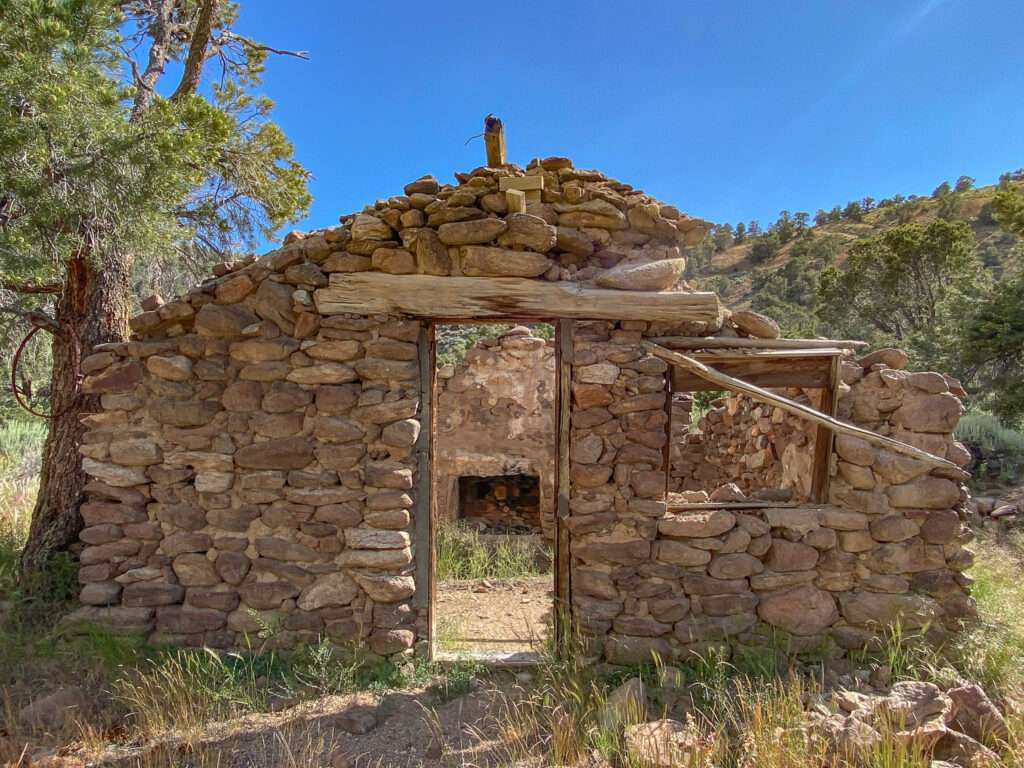
A town developed in 2 sections. Lower town near the mills had the mine office, boarding house, and homes. The business district was above the mill and had multiple stores, saloons, restaurants, and homes. The population peaked in 1875 at over 1,800.
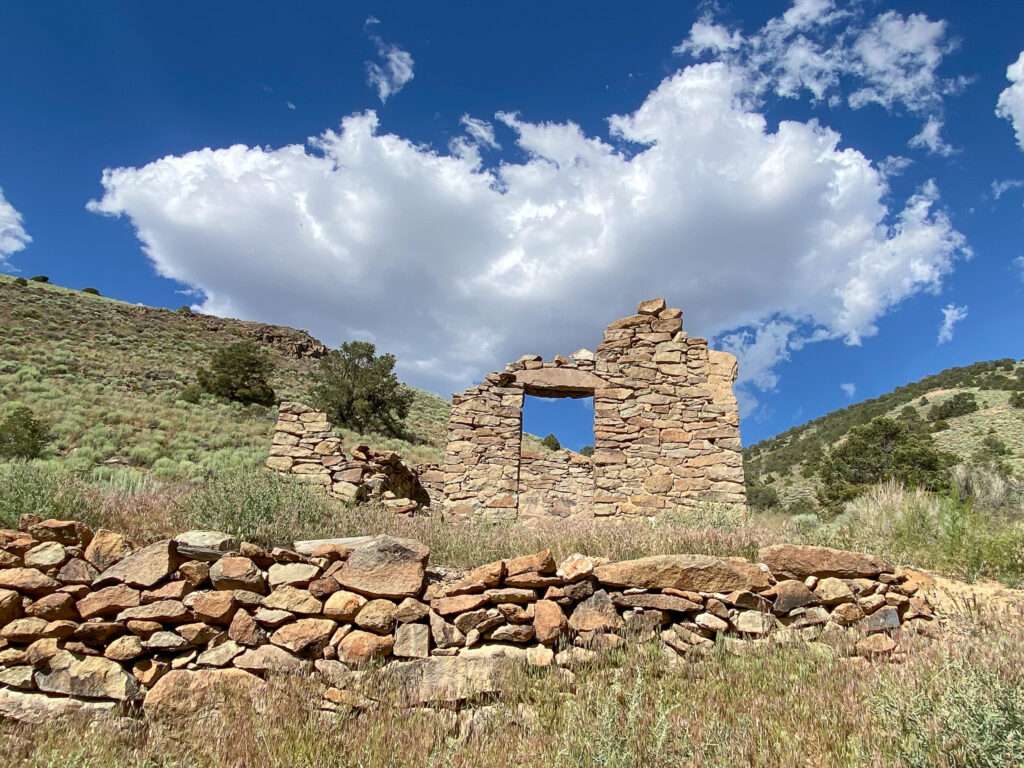
Soon, the mines and mills began having difficulty. Multiple companies purchased Jefferson and worked the mines and tailings, but none lasted long. Mining ended in the early 1930s with over $2l3 million produced.
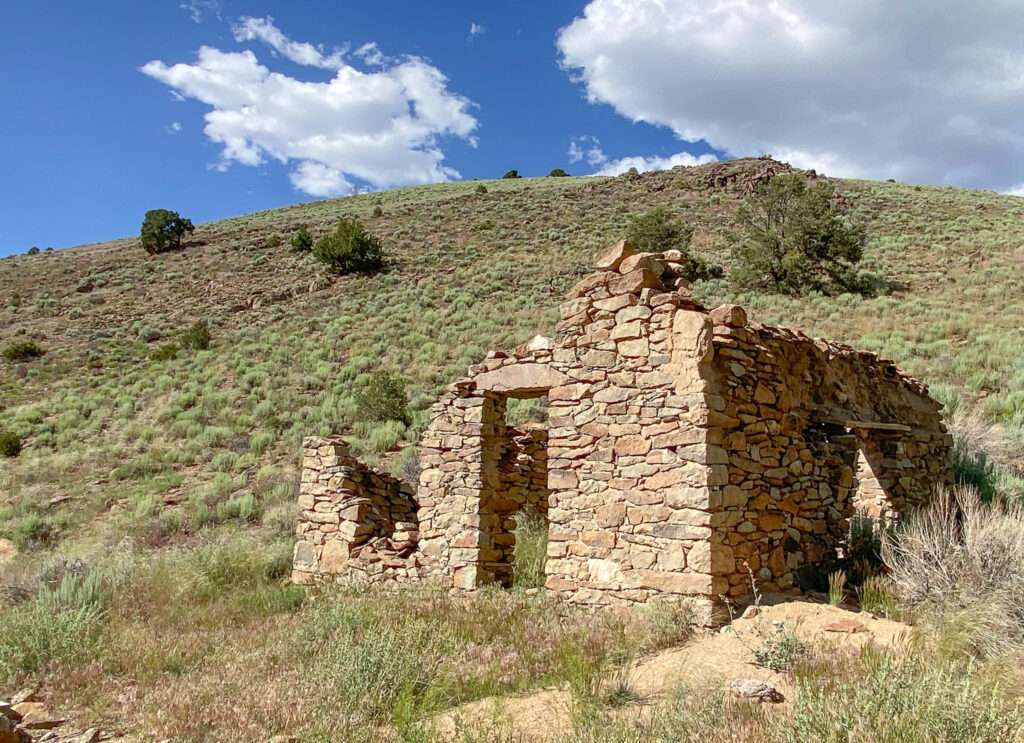
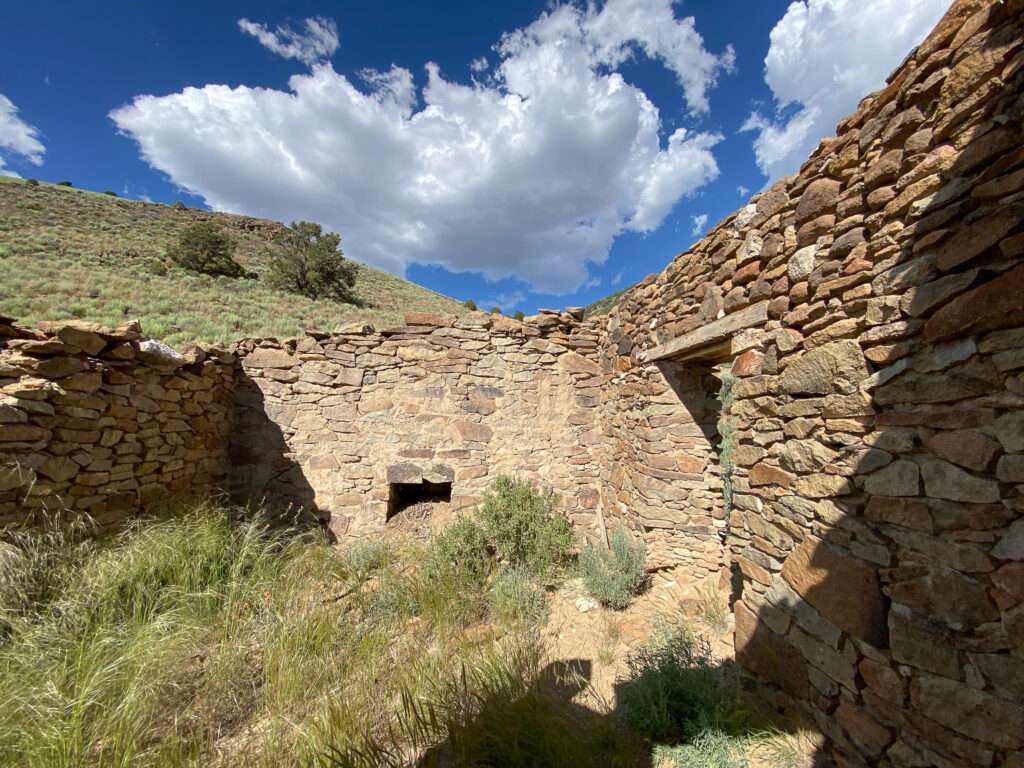
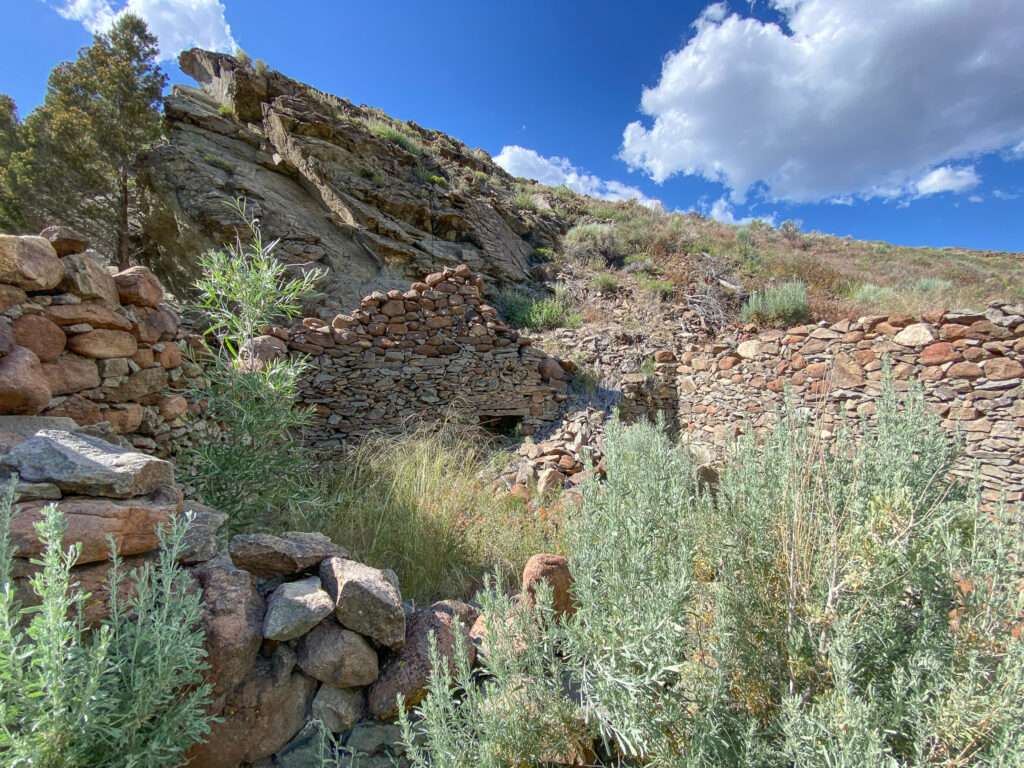
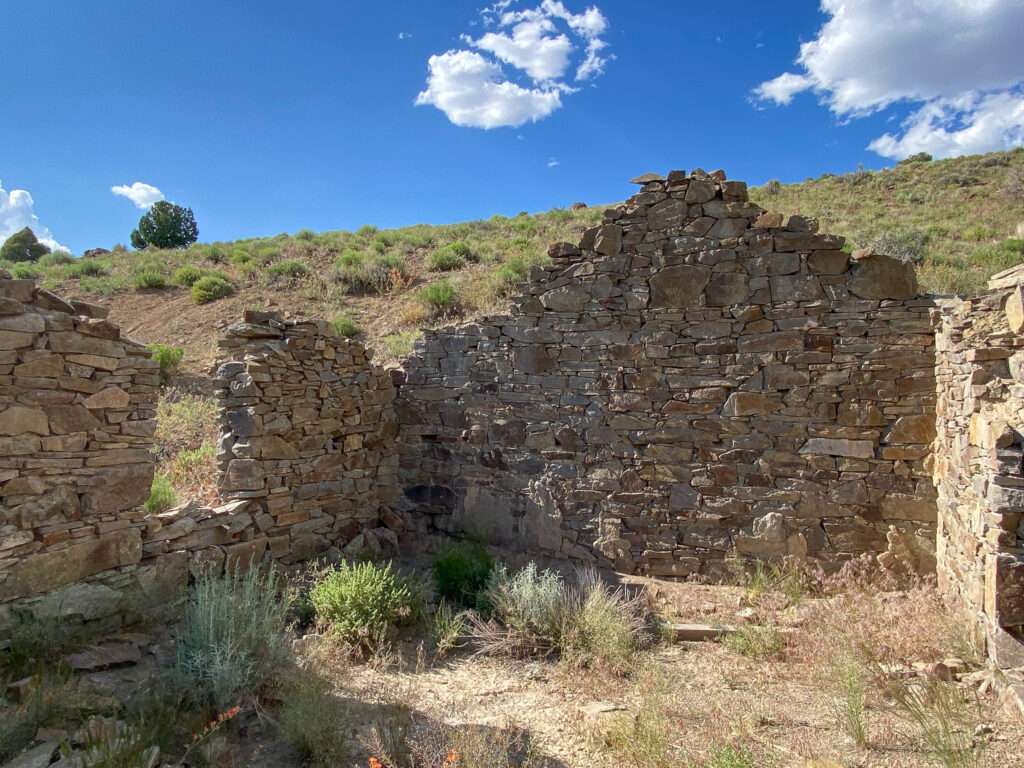

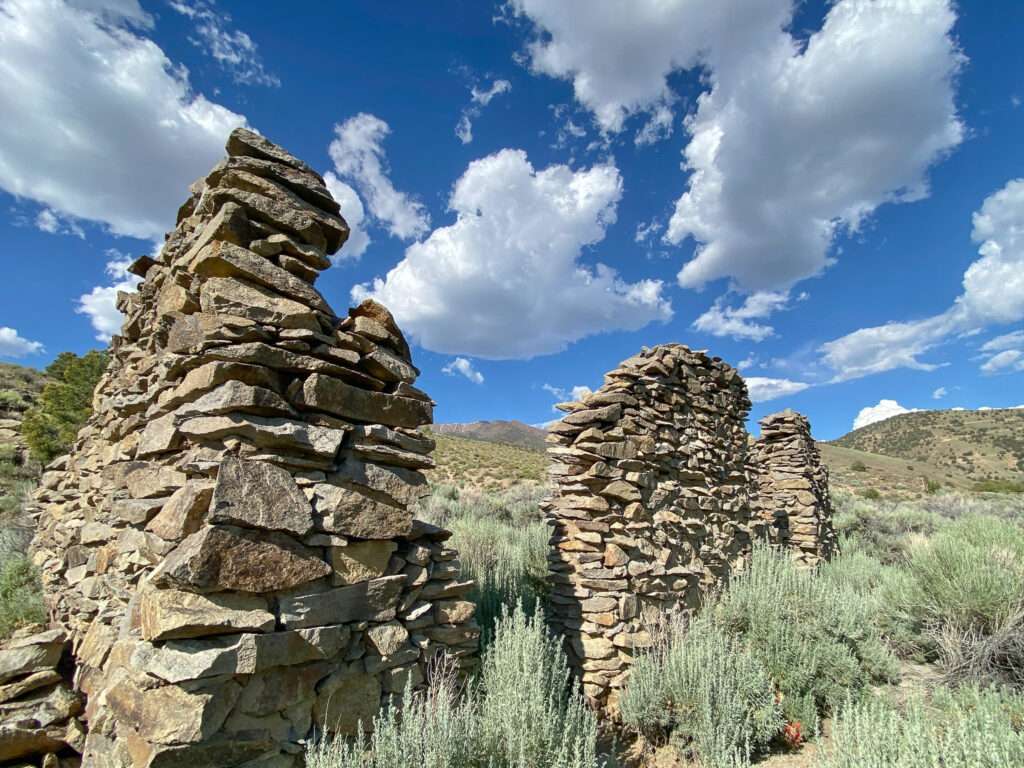
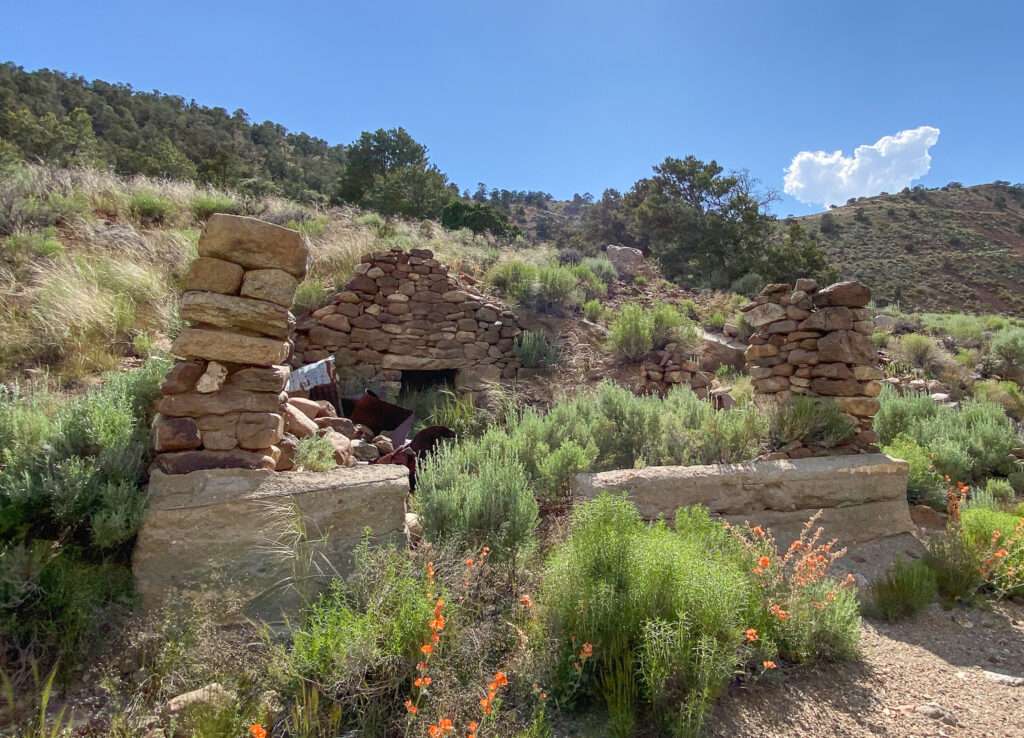
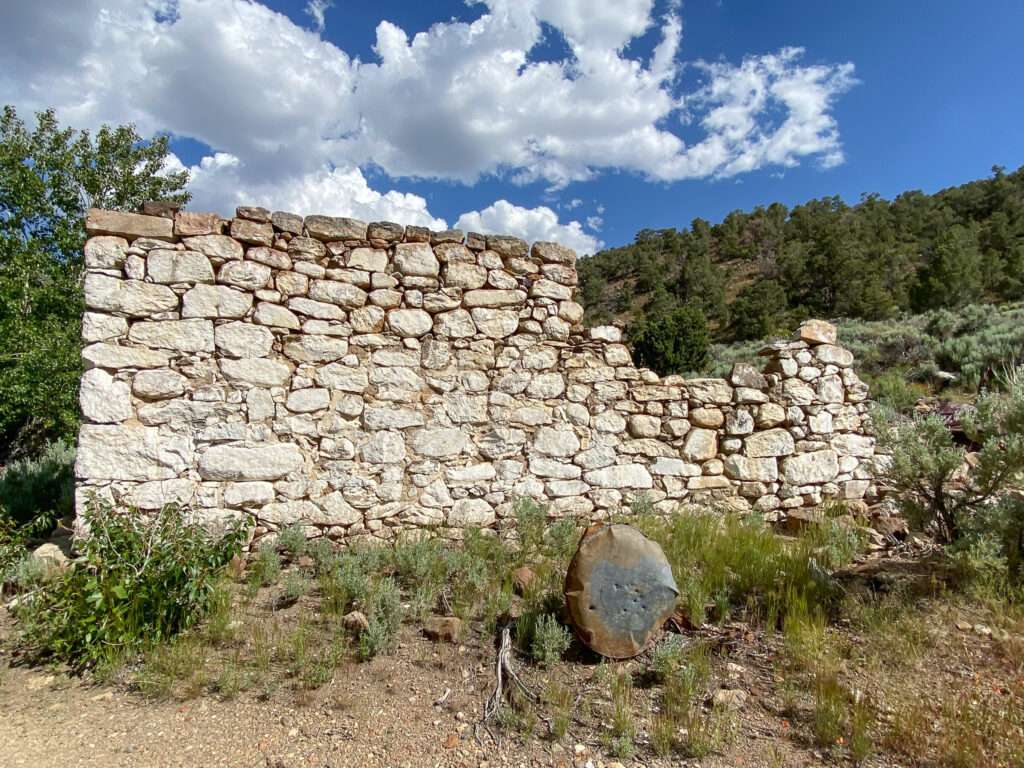
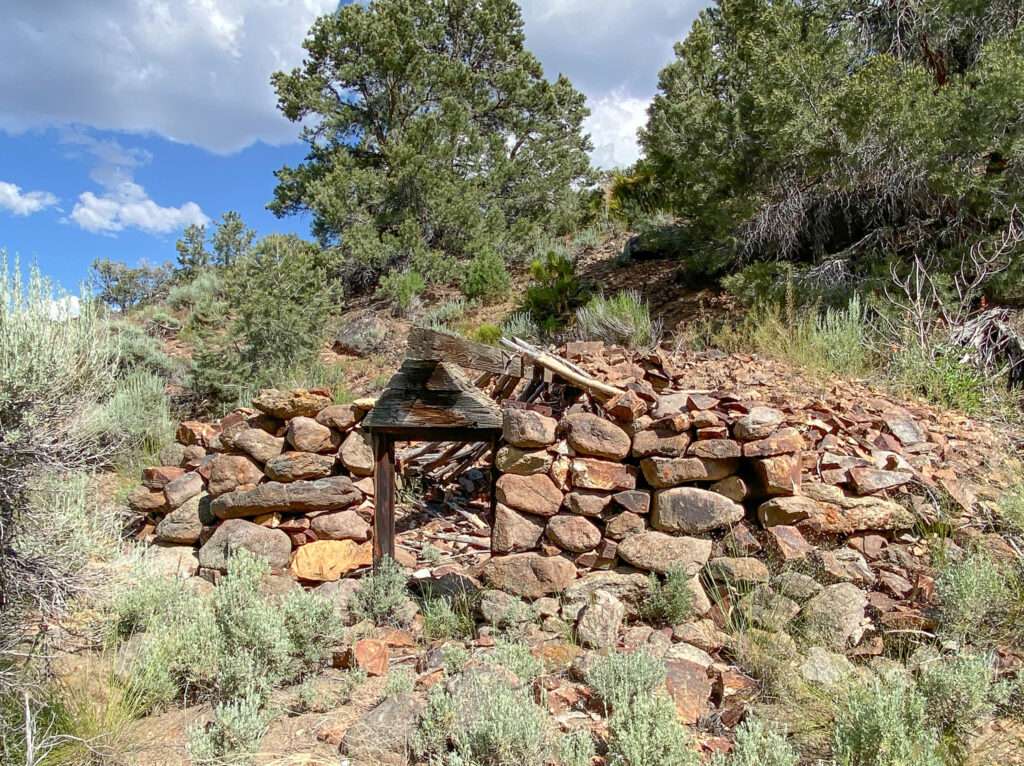
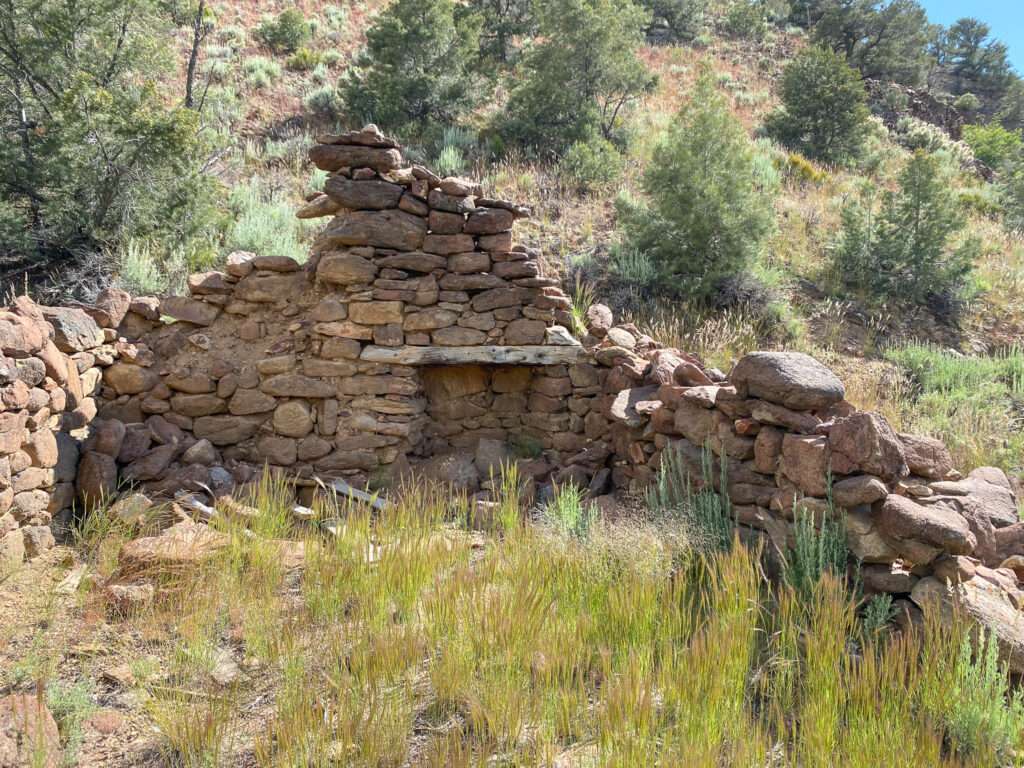
“Ore Bucket Mine”
What a find! I can’t remember who suggested the stop at the end of the day, but it was totally worth it-this is the first bucket on a tram I have seen in Nevada.
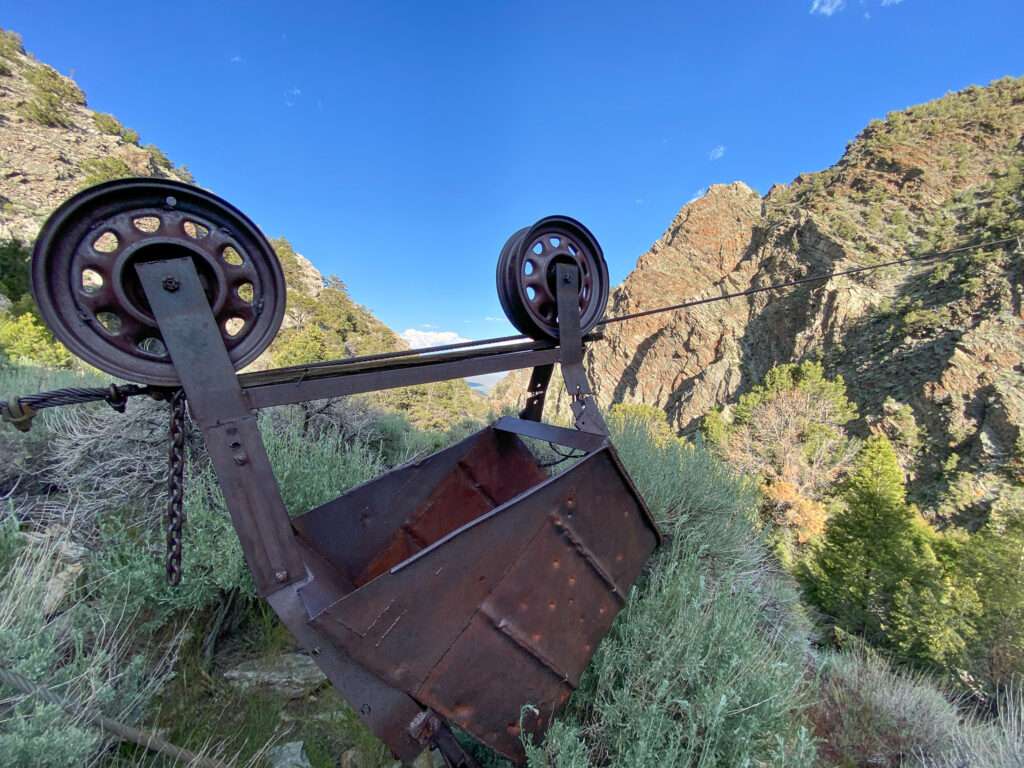
Prospectors discovered gold and silver in the valley in 1861. By 1867, the mine was so productive a wagon road up the canyon was built. The mine had a mill, and structures and permanent houses were built. In 1869, nine tons of ore were mined from three underground shaft levels.
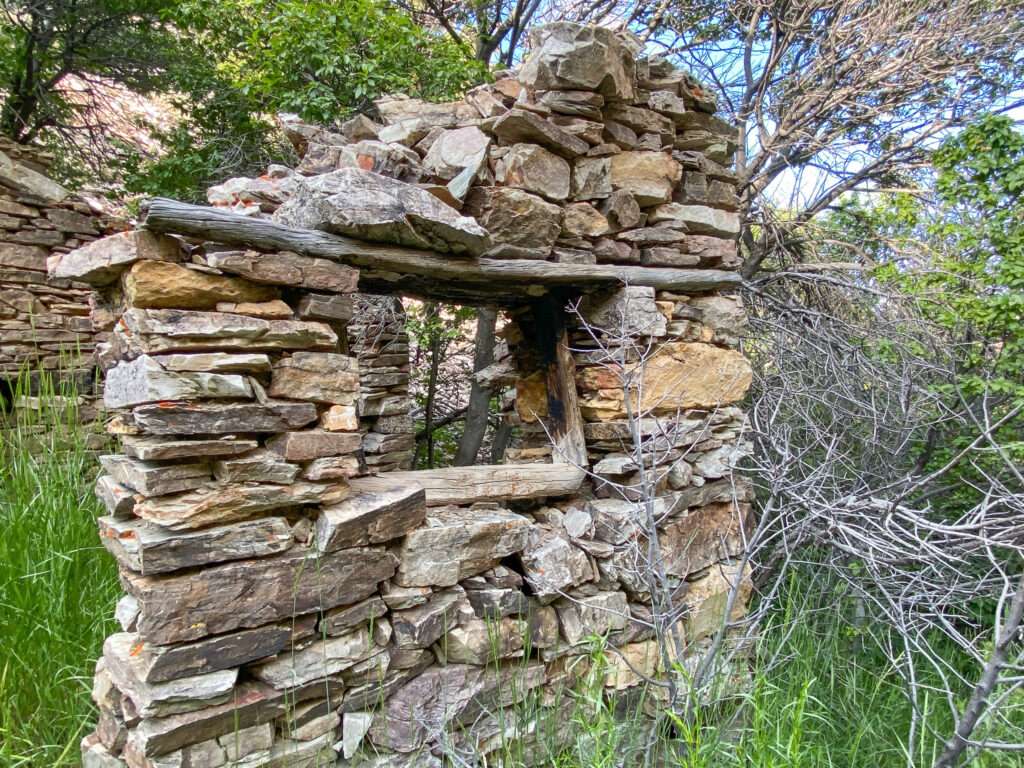
Mining decreased in the late 1880s. Mining occurred periodically into the 1950s. Developers claimed significant tungsten to secure federal funding, but tungsten production was minimal.
Aside from the aerial train, the mine is notable for a waterfall into a shaft. The water drains from an audit, then unobstructed into a 300′ shaft. There was no way I was getting close to that shaft!
Canyon Cabin
I had just finished saying there was probably stuff in every canyon in the area when we crossed this cabin.
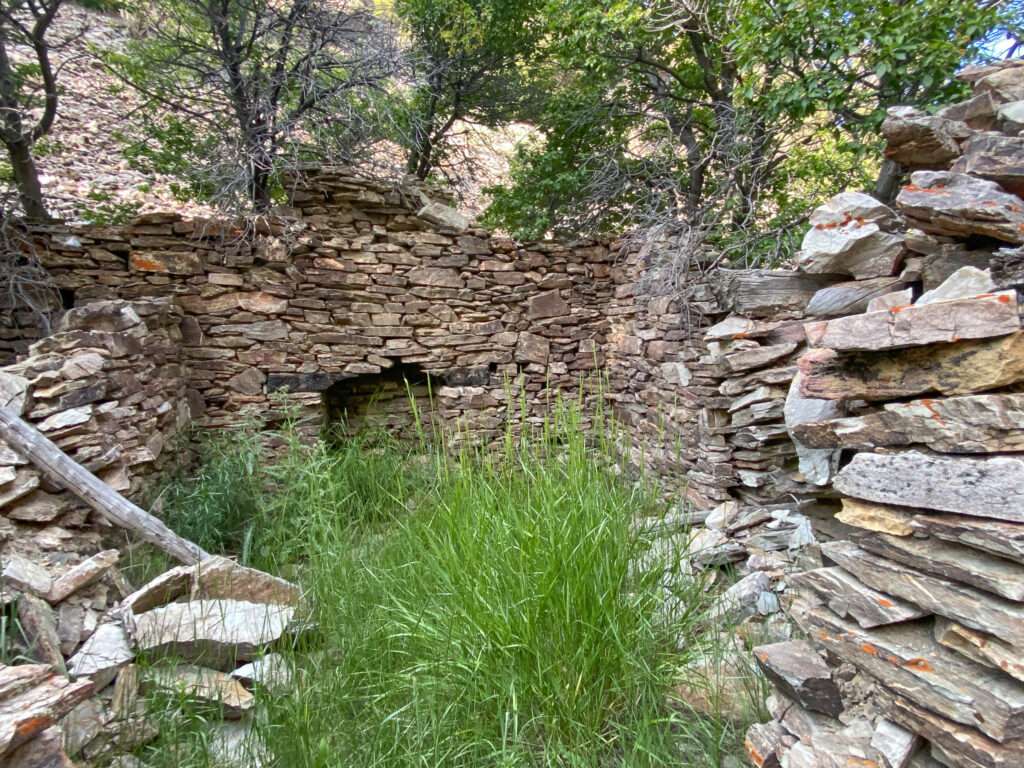
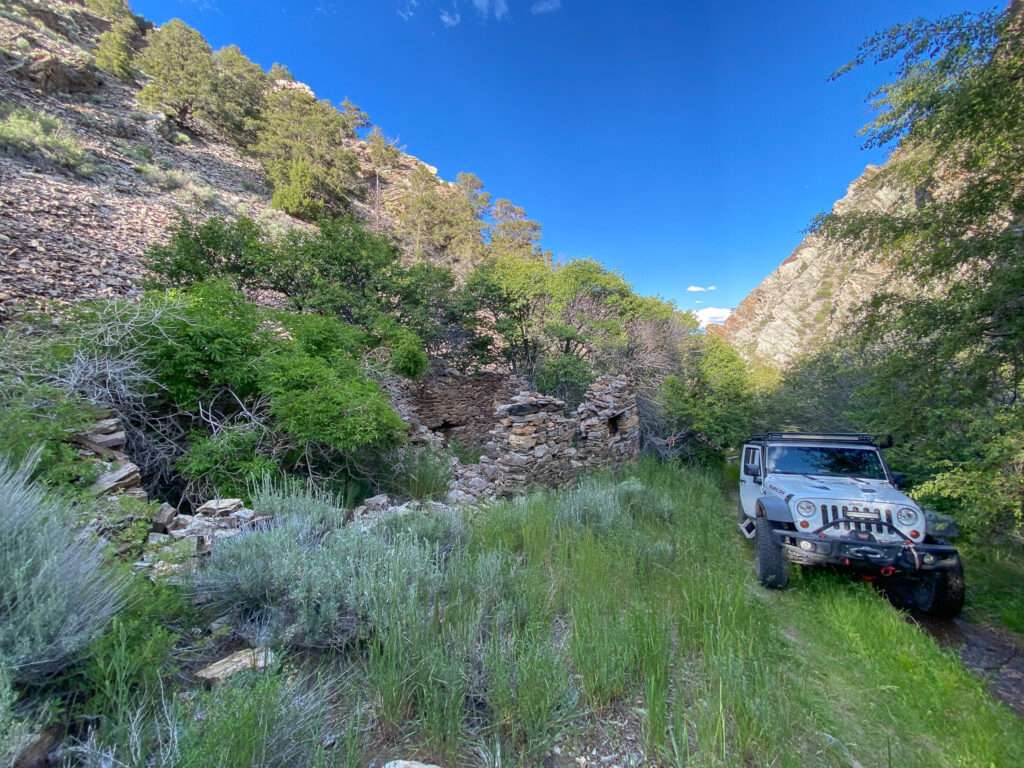
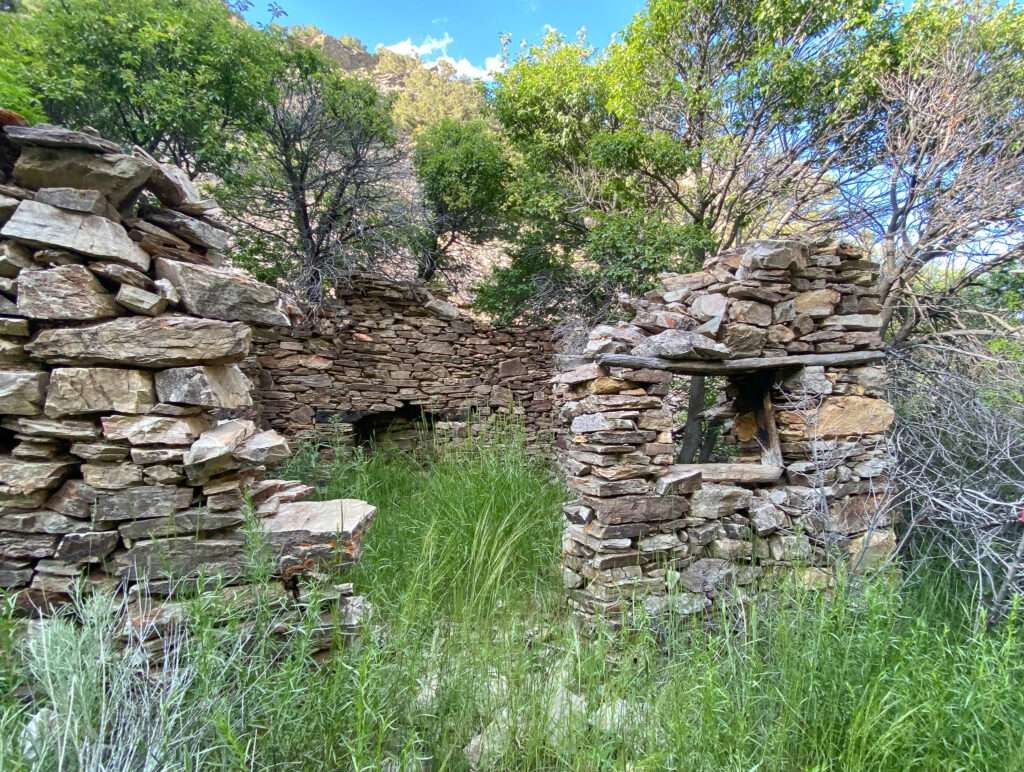

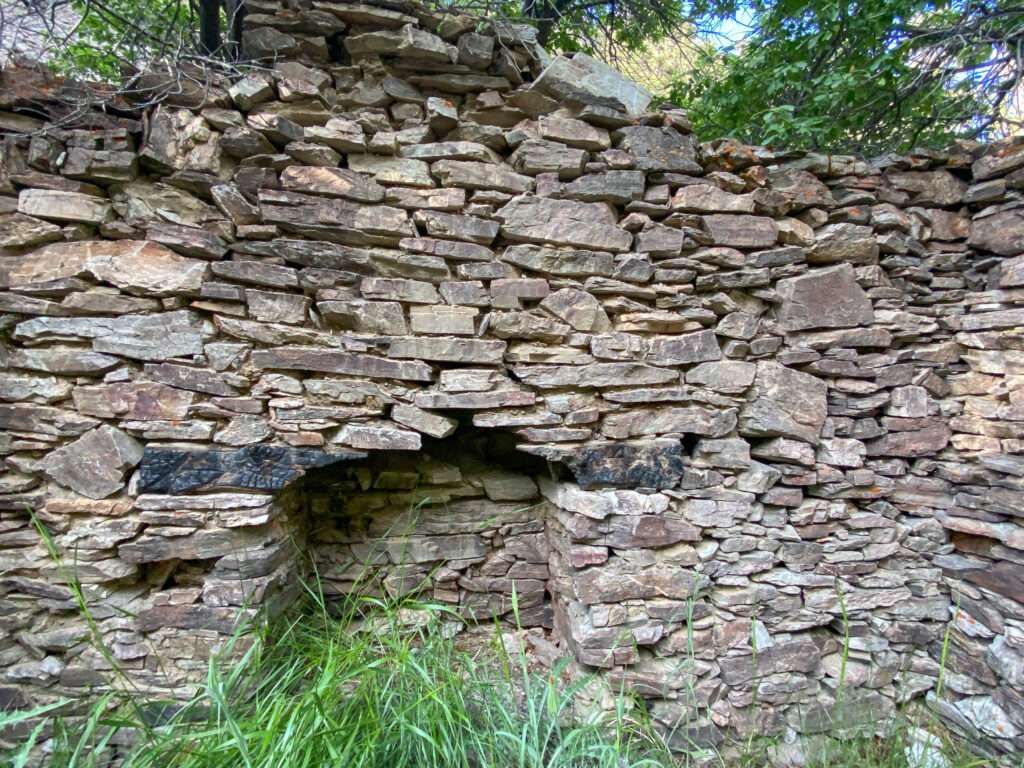
Mine
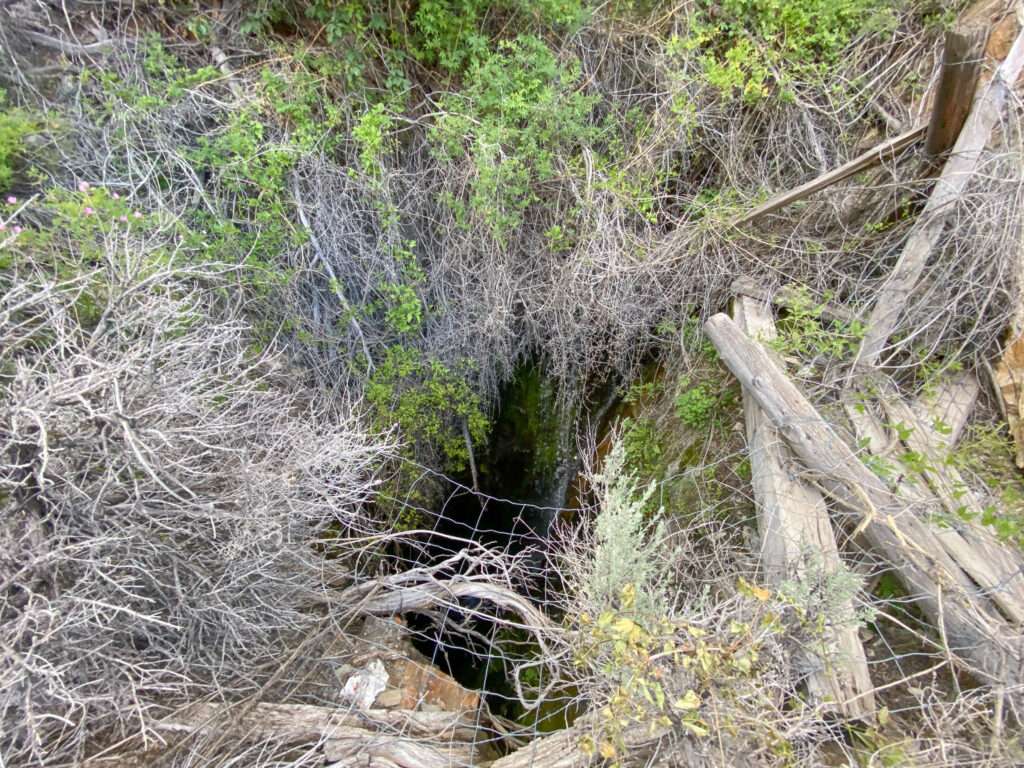
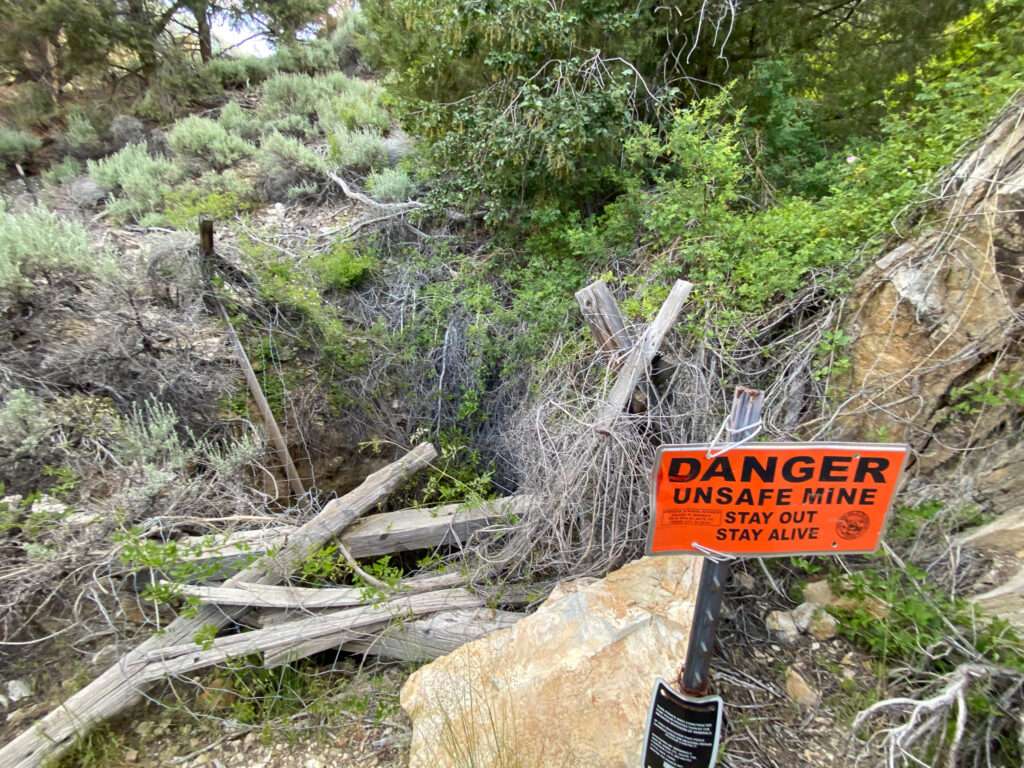
Mill
The mill was built before 1900 and was gravity fed.
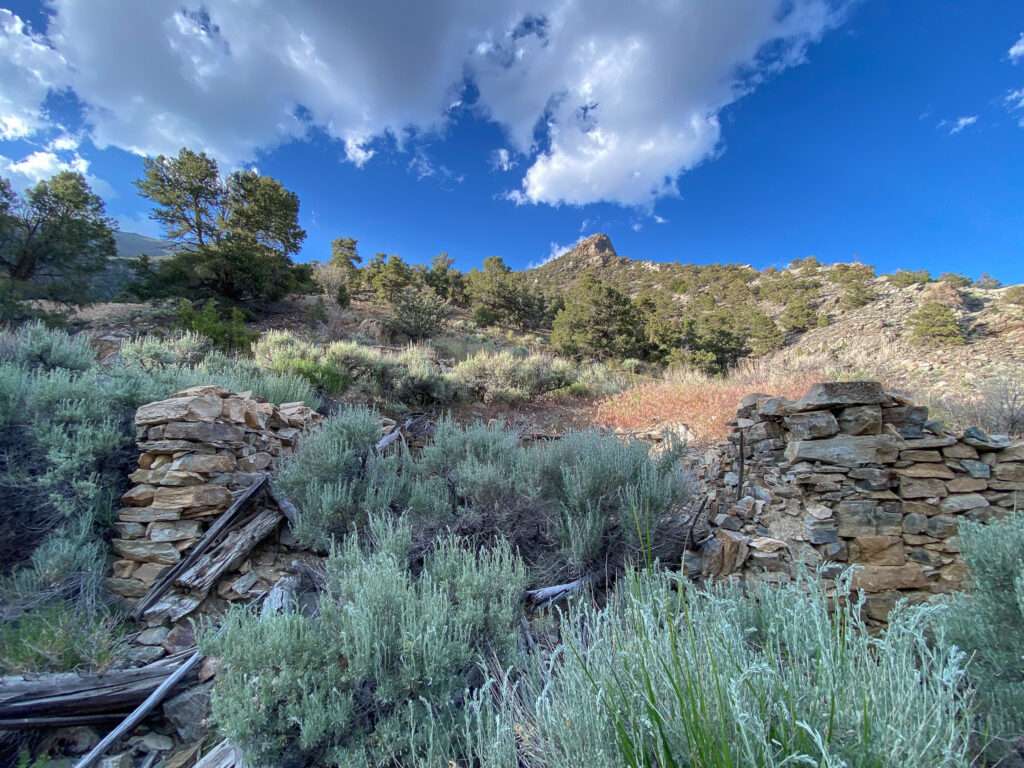

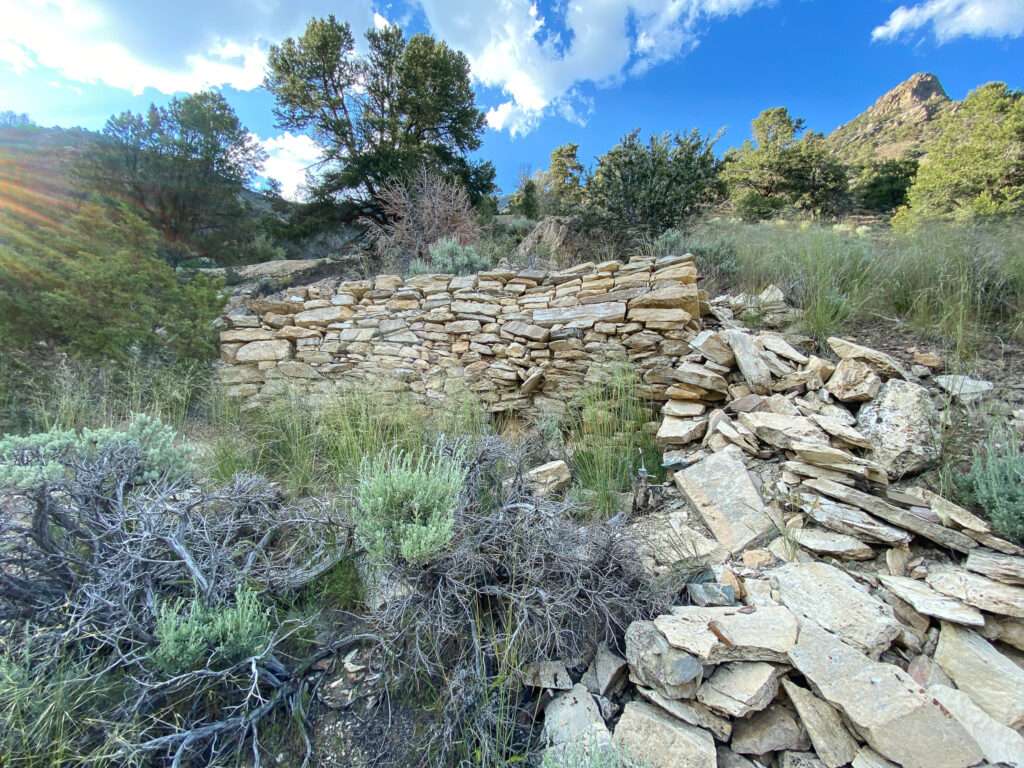

Tram
An ariel tram was first used in 1873. It was upgraded in 1953. The tram brought ore from the south side of the canyon to the mill.

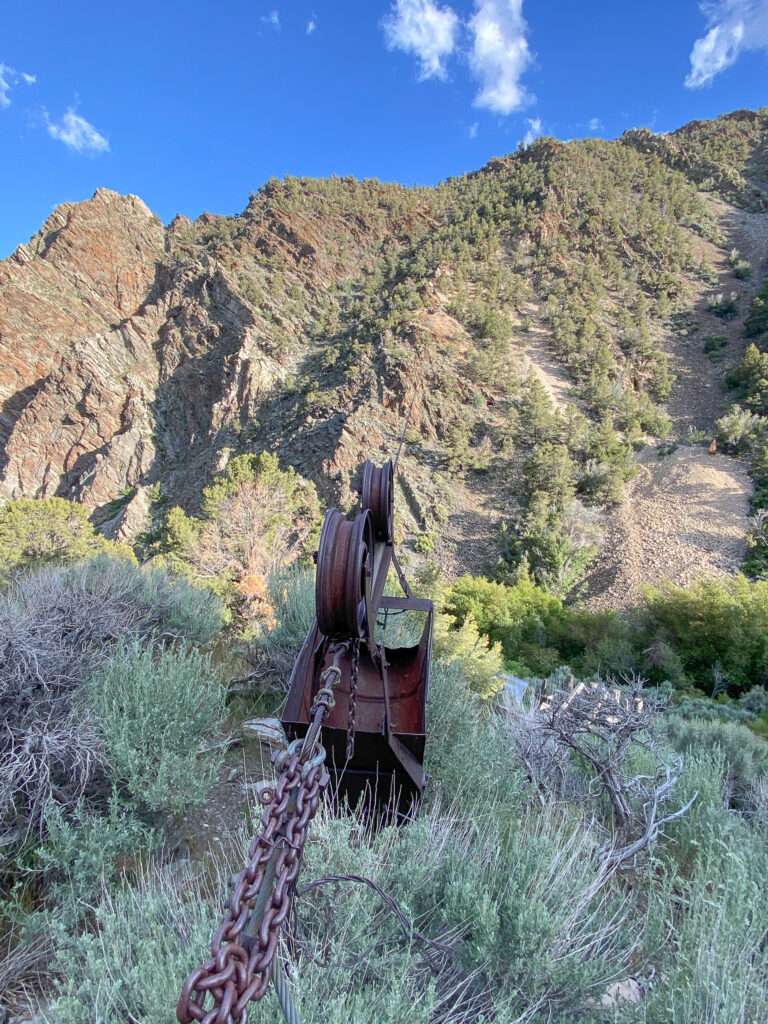
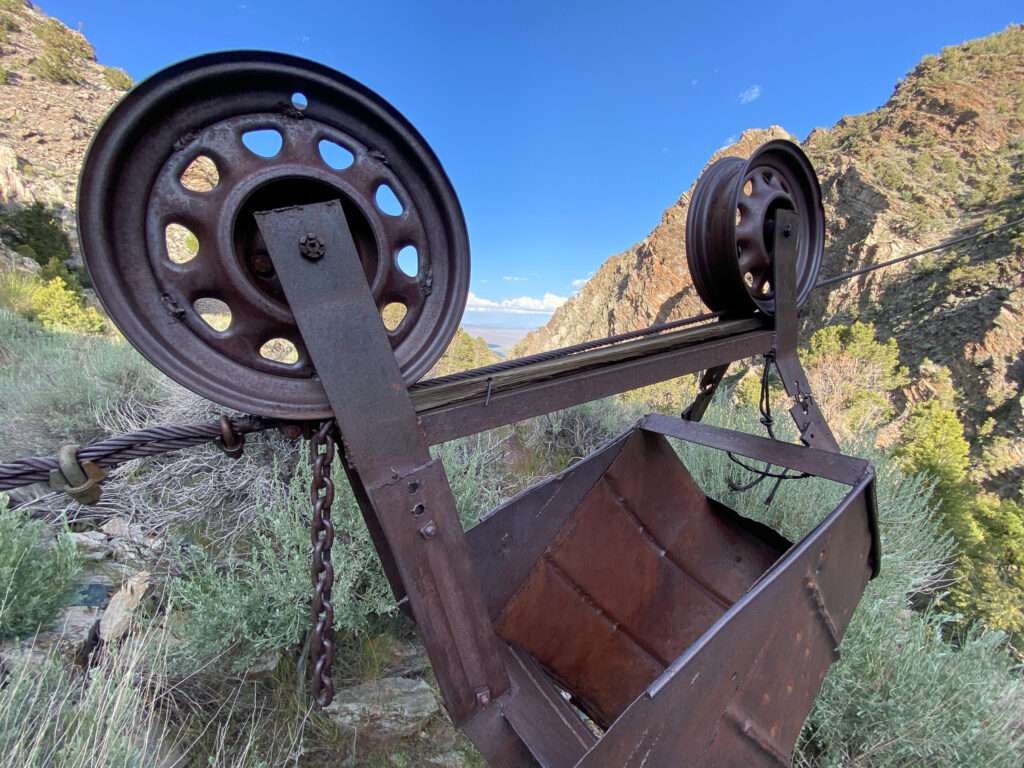
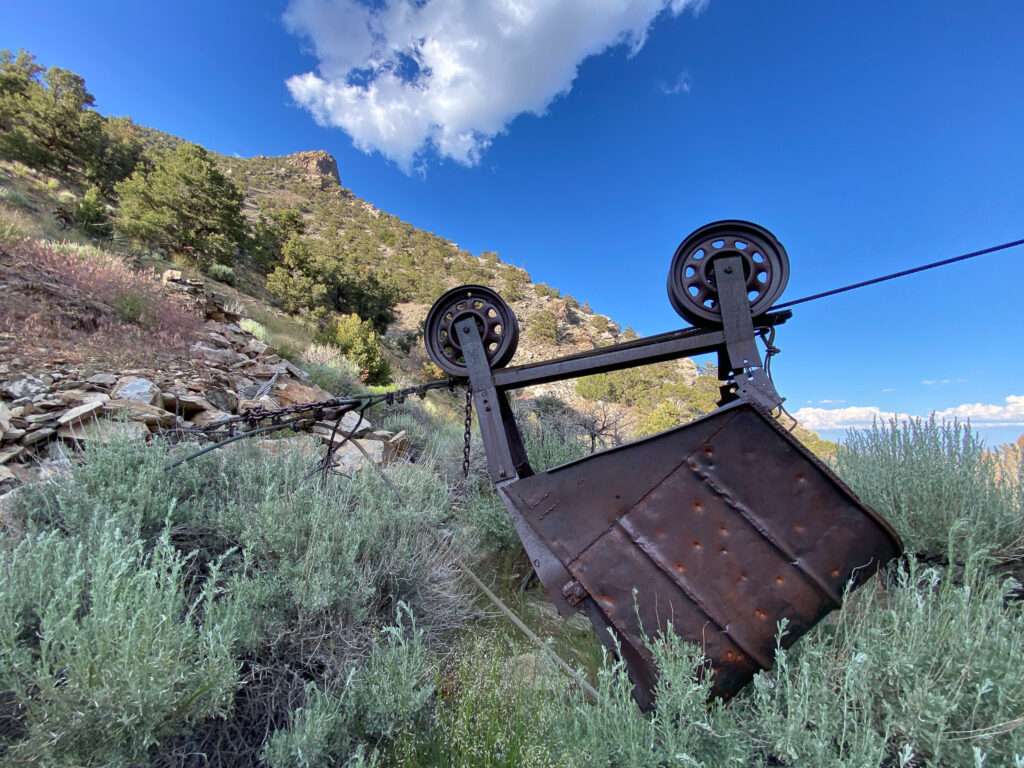

Day 3
Cortez
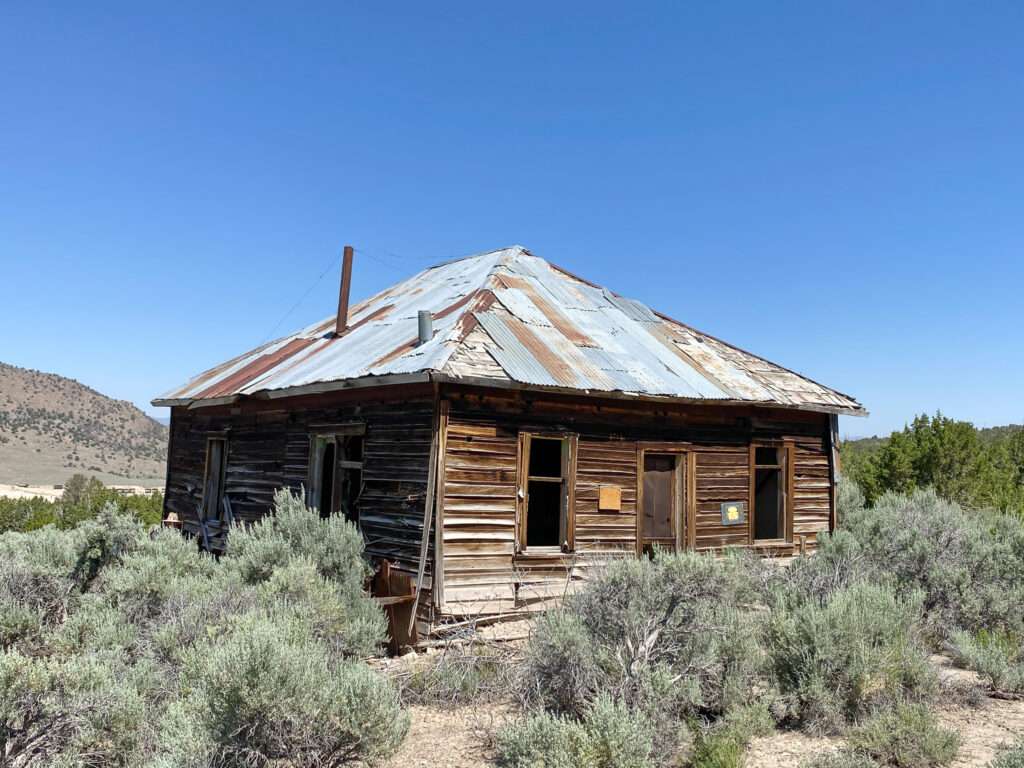
In 1862 miners from Mexico discovered ore and transported it to Austin. Their discovery raised interest, and soon prospectors came and found more ore. Isolation and shipping to Austin were an issue. One of the original miners partnered with George Hearst, father of William Randolph Hearst, the publishing mogul.
In 1865 3 mining companies were operating in Cortez and enlarged the mill to 16- stamps. Many of the workers were from China, as they worked for less wages. A 50-ton leaching plant was added in 1886 and ran until the 1890s.
Cortez grew into the 1920s and 1930s when silver prices dropped. The town declined and lost the post office in 1843.
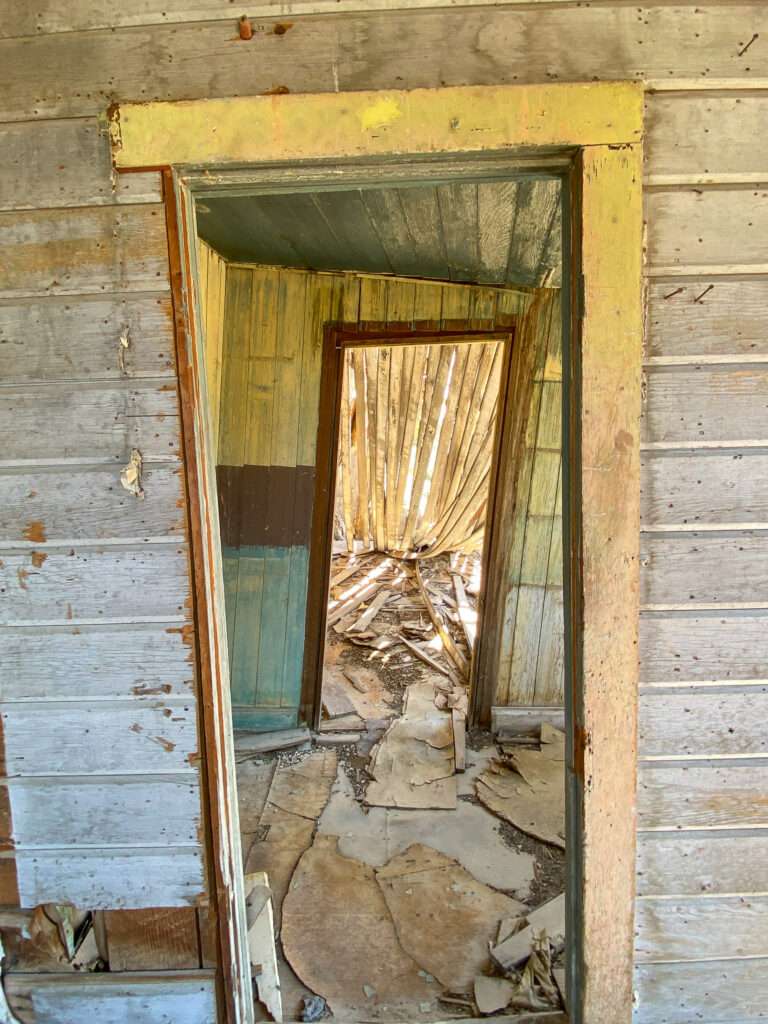
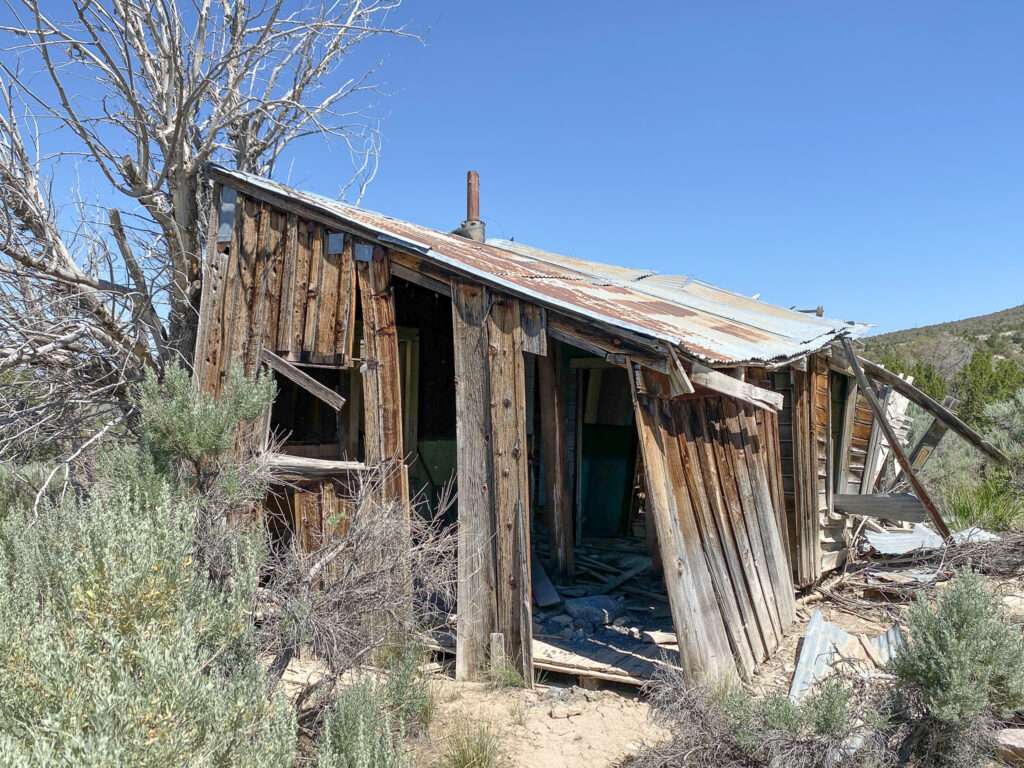
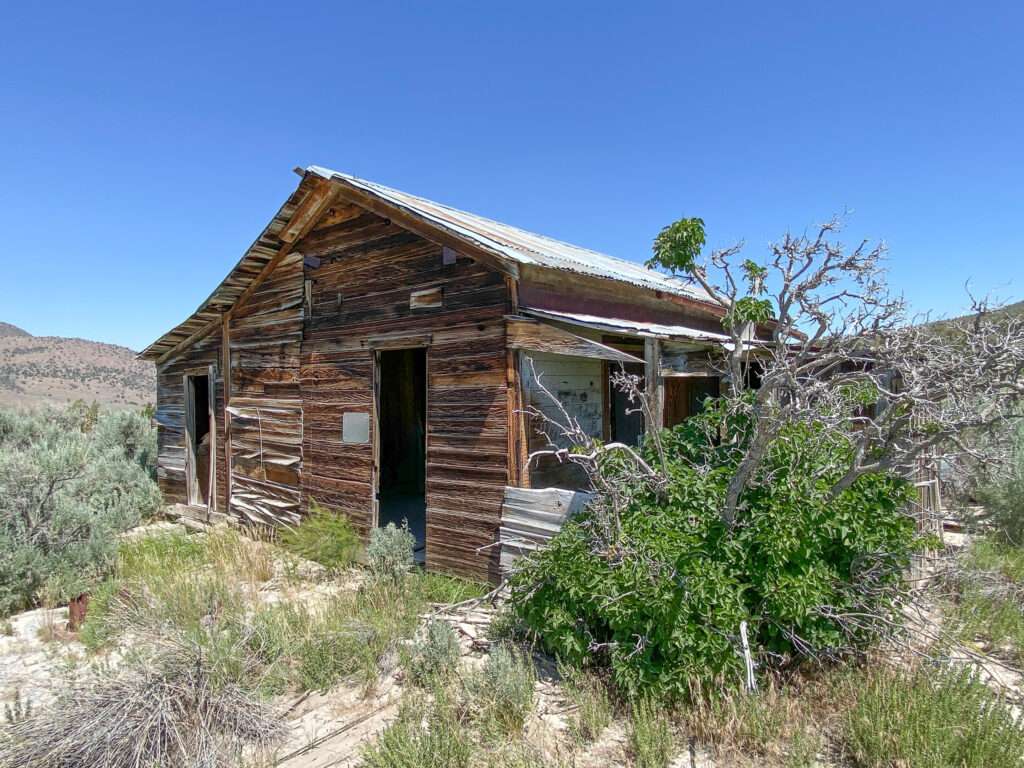

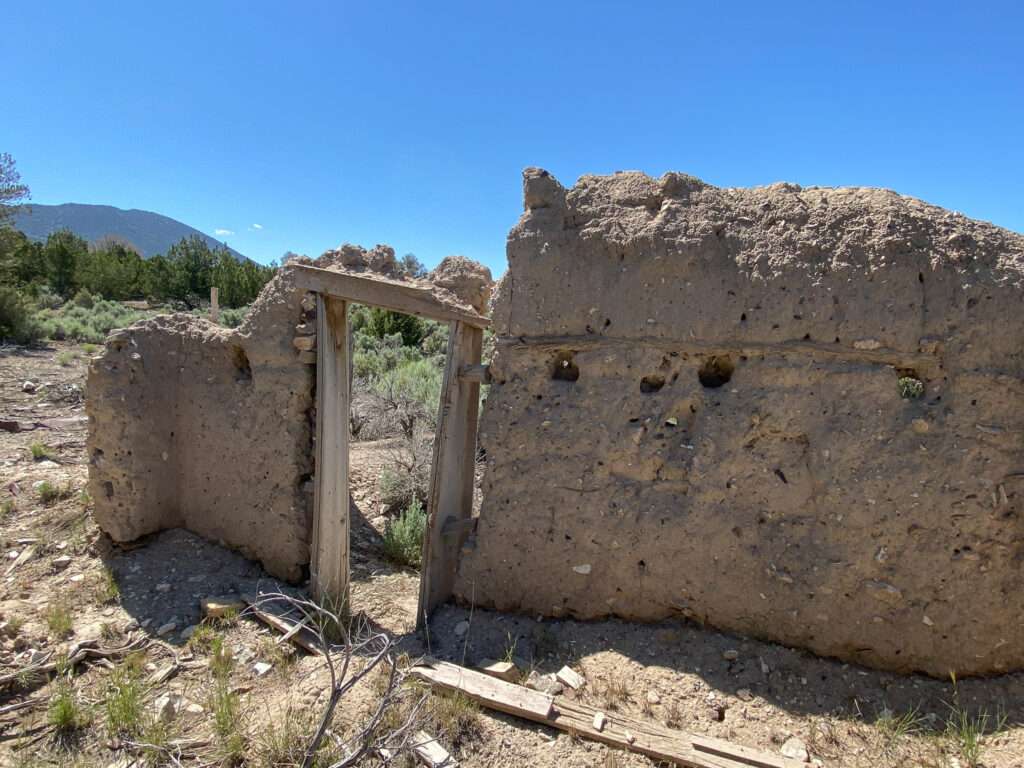
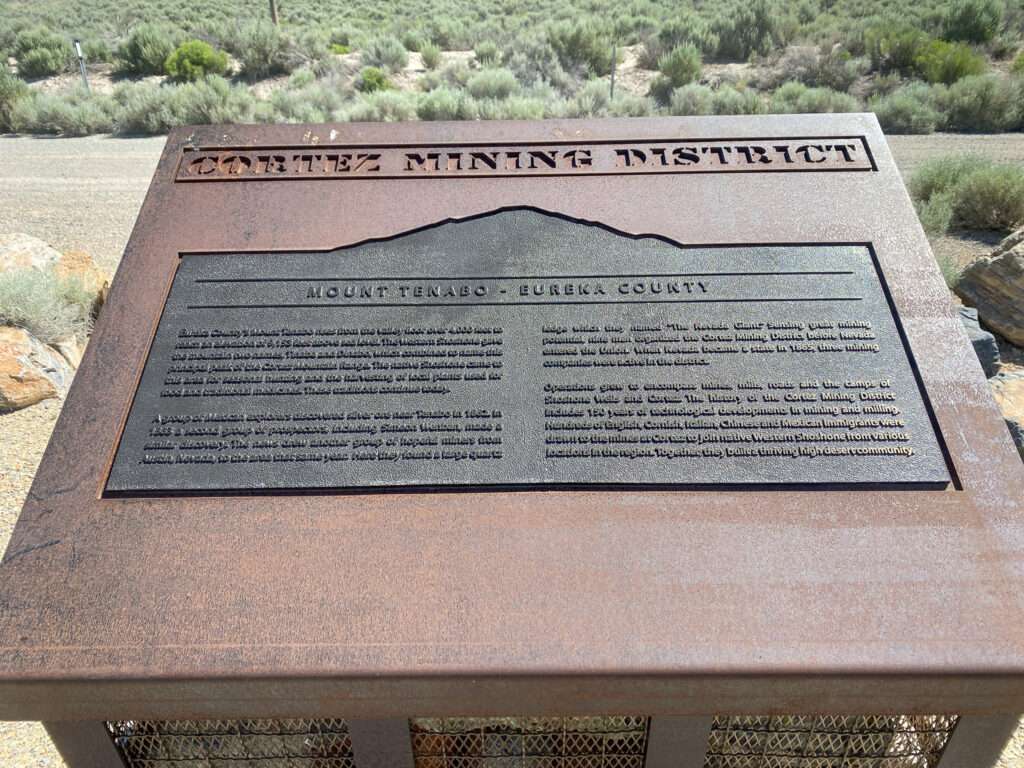
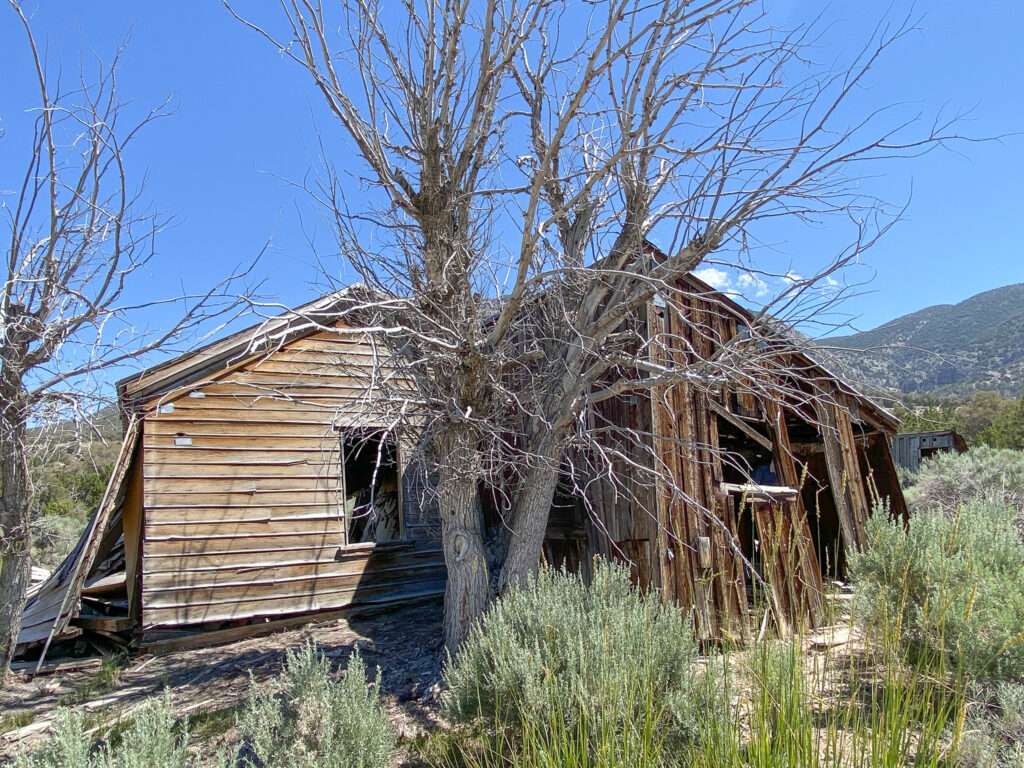

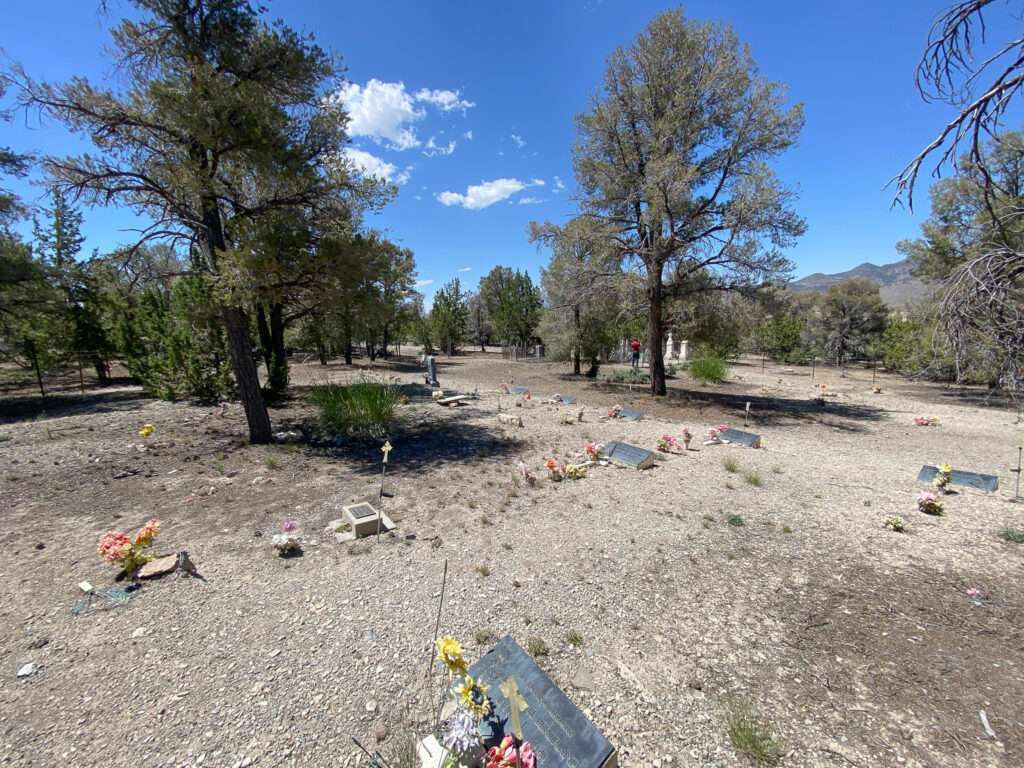
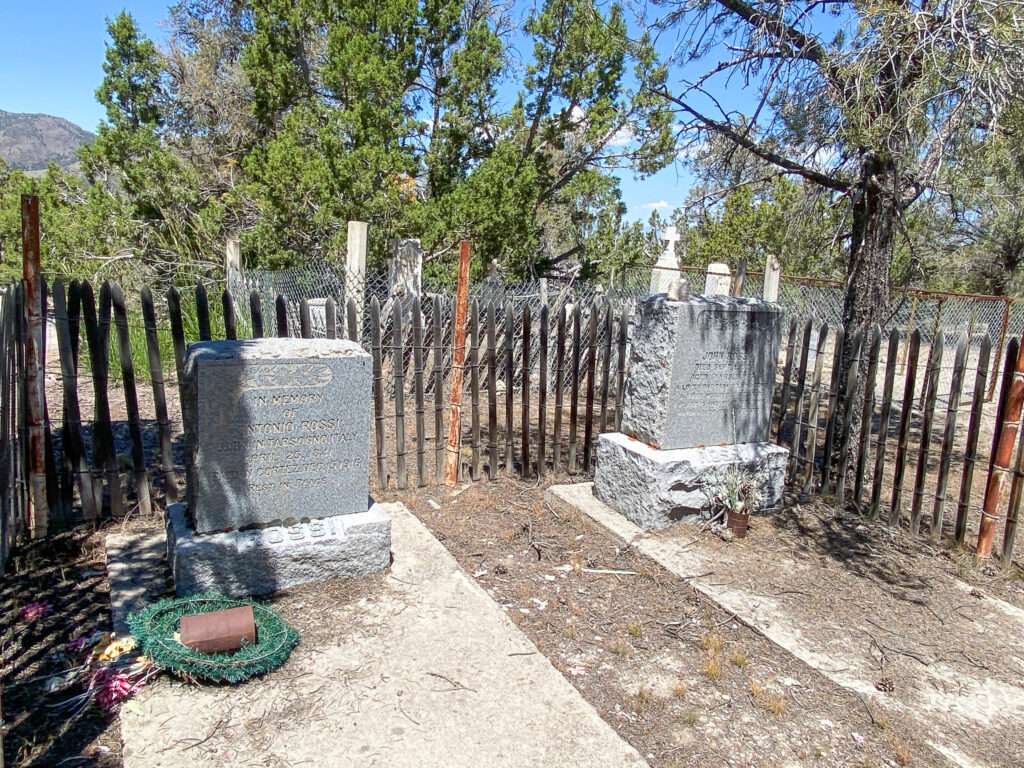
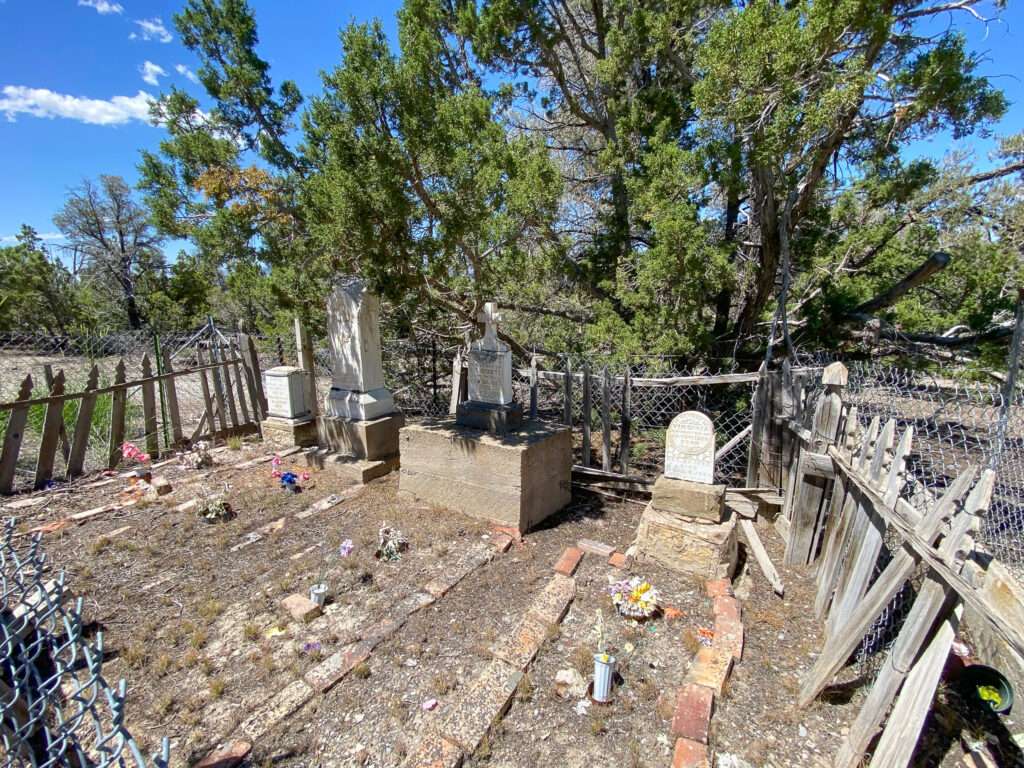
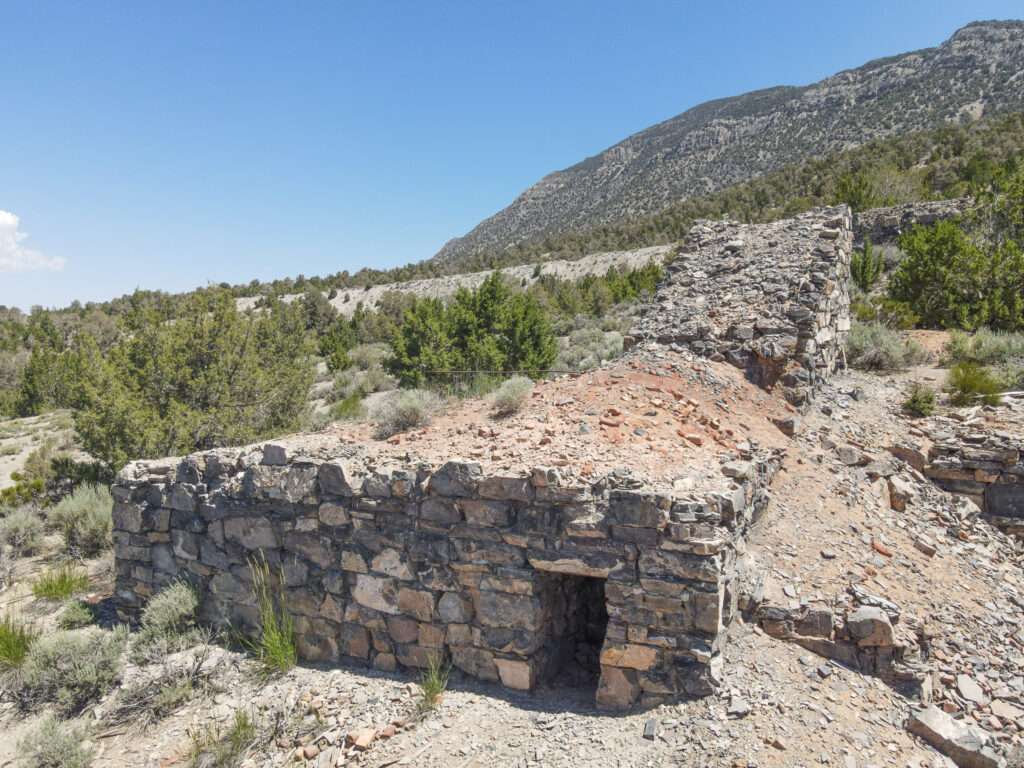
Gold Acres
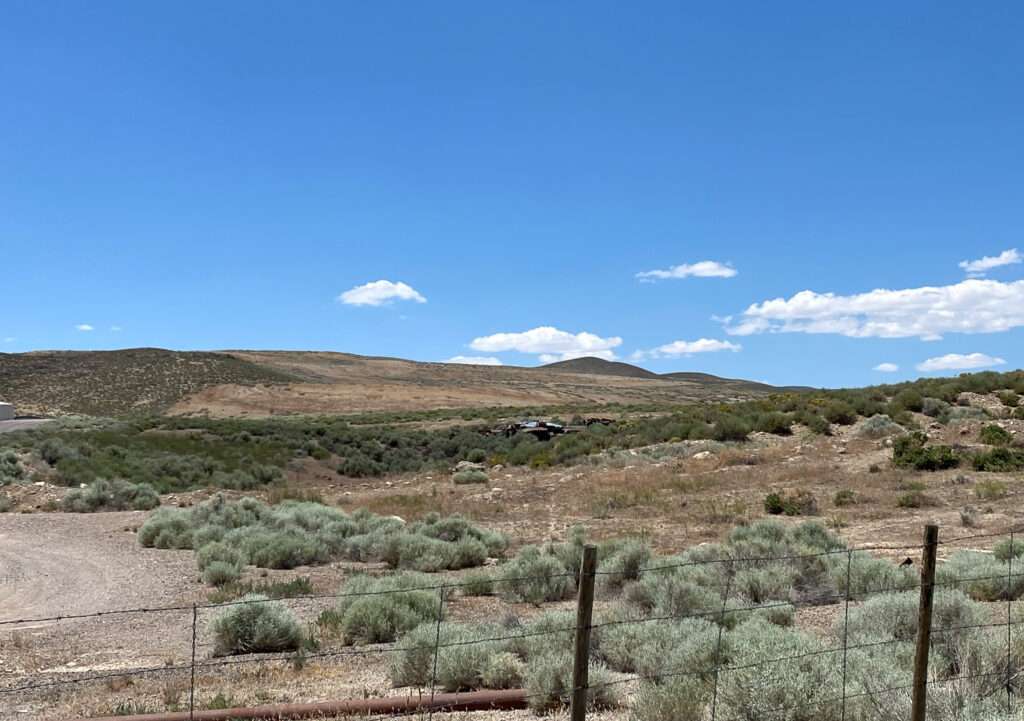
Gold Acres is now an active mine, but Stan had memories of his first visit to the mine. It was developed in 1936 and produced over $10 million in twenty years. Gold Acres is notable as one of the few gold mines that didn’t close during WWII.
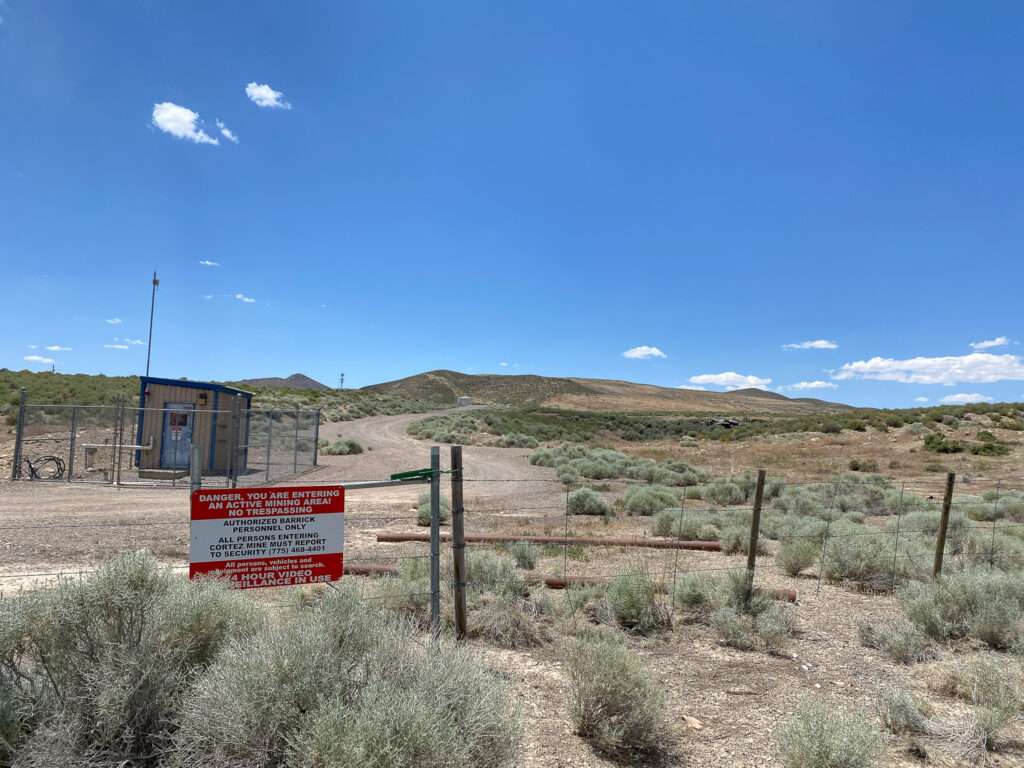
A company town developed, including a bunkhouse, forty houses, two stores, a post office and a school. At the peak, 100 men worked at the mine, and the town had a population 300. Operations ceased in 1961. Following an auction in December, most of the town was removed.
Tenabo

Charles Montgomery discovered gold in Lander County in 1905. Two years later, a camp was set up two miles east of the mine. Tenabo grew to a town of 1,000, including stores, restaurants, hotels, and saloons. Mining declined in 1911 and the post office closed in 1912.
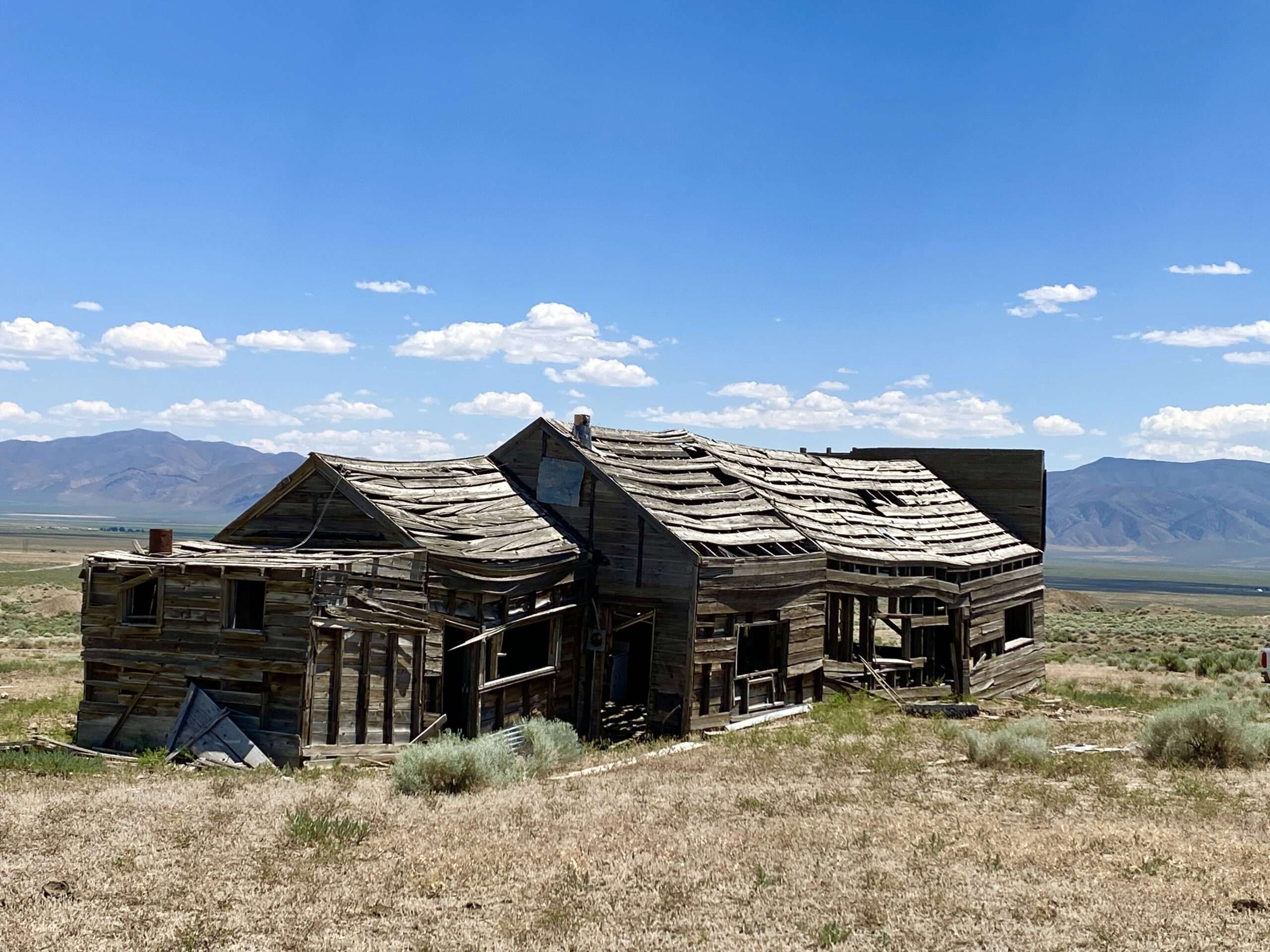
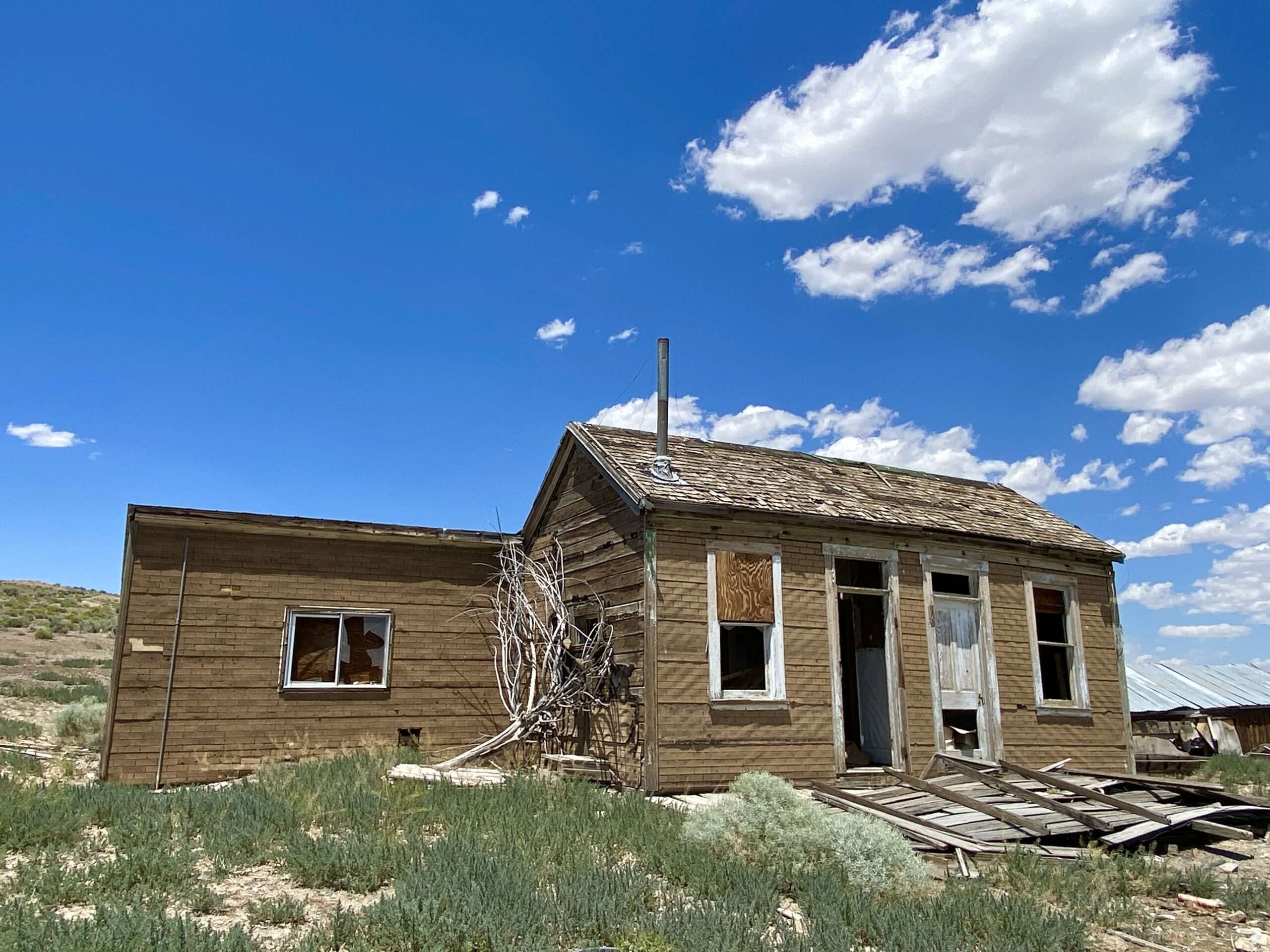
Lewis & Dean/Lower Lewis
Silver was discovered in Lewis Canyon in 1874. A town developed at the mouth of the canyon in 1877. A 10-stamp mill processed ore from the canyon. A 40-stamp mill was built in anticipation of the arrival of the Nevada Central Railroad. In 1881, the Battle Mountain and Lewis Railway arrived but the line only lasted eight months due to financial issues.
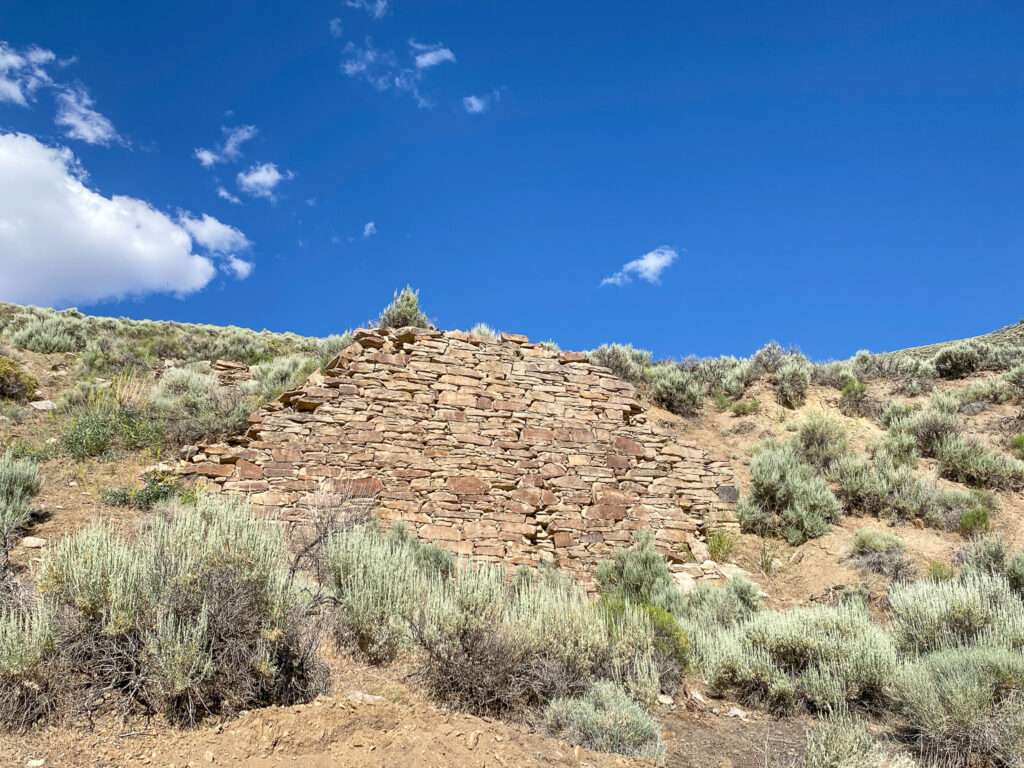
The town of Lewis was thriving, with a population of 700. It had everything the town needed: hotels, stores, boarding houses, a jail, a post office, a weekly newspaper and a school.
Upper Lewis, also called Dean, developed farther up the canyon by the Starr Grove Mine. The town had houses and boarding houses.
Fire destroyed much of the business district in 1881. Labor issues followed, and most businesses closed by 1882. In 1894 the post office moved to Dean/Upper Lewis and operated until 1905
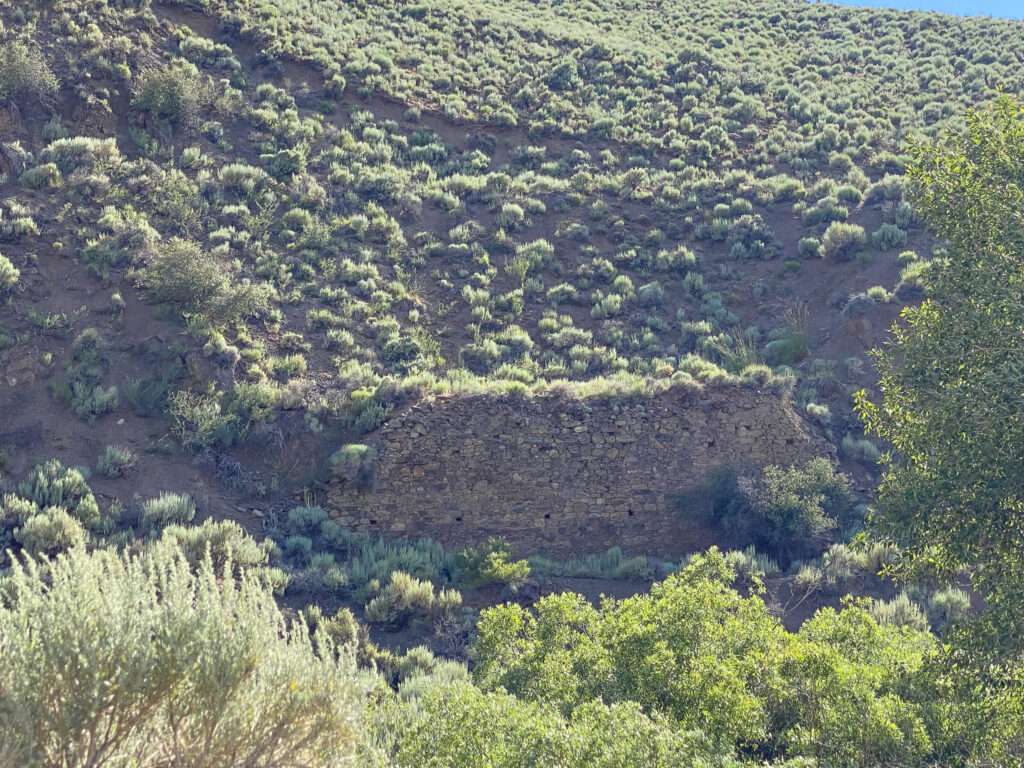
Betty O’Neil/Kimball
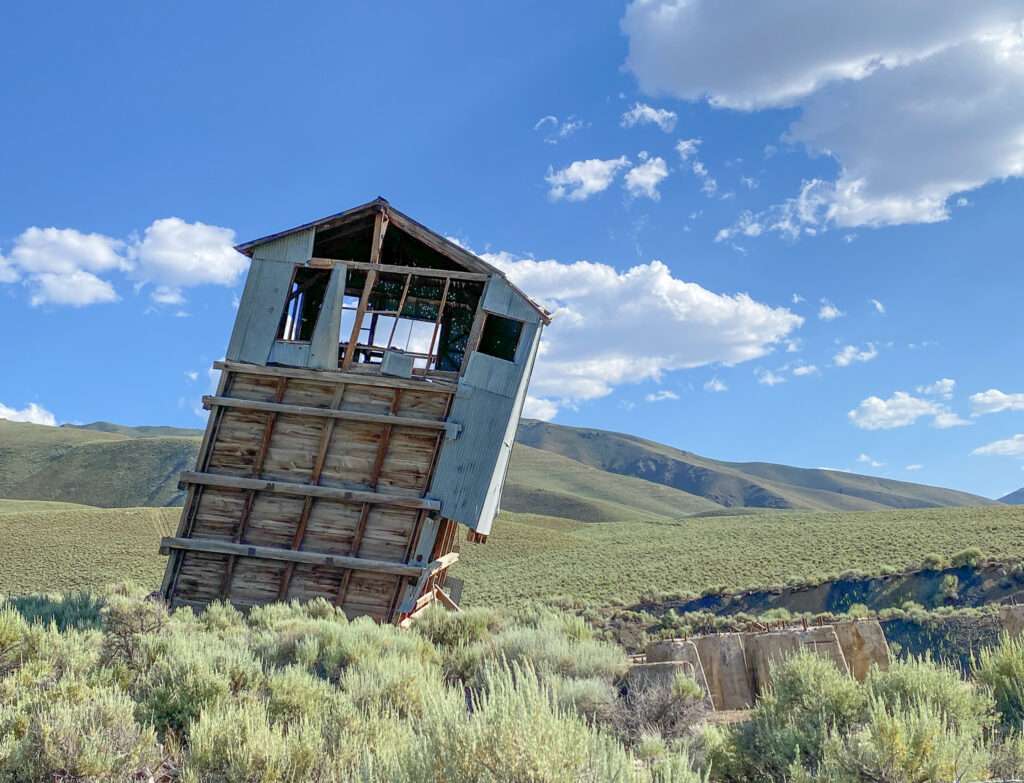
Miners from Lewis found ore in 1881, and the Betty O’Neal mine was discovered in 1882. The boiler exploded on October 31, 1881, killing one and destroying structures. The mine was re-built, but a fire destroyed the facility in 1883, ending operations.
Betty O’Neil was leased in 1907, and a small settlement named Kimball grew. The mine closed in 1911, ending the town.
The mine had a resurgence in 1922 when Noble Getchell purchased it and the mill was enlarged. A town grew, including a post office, the Concentrator newspaper, houses, and a baseball team.
Ore values declined in 1928, and the mine was operated sporadically until 1932, when the mine and post office closed. Over $2 million of silver and gold was extracted from the mines in its years of operation.

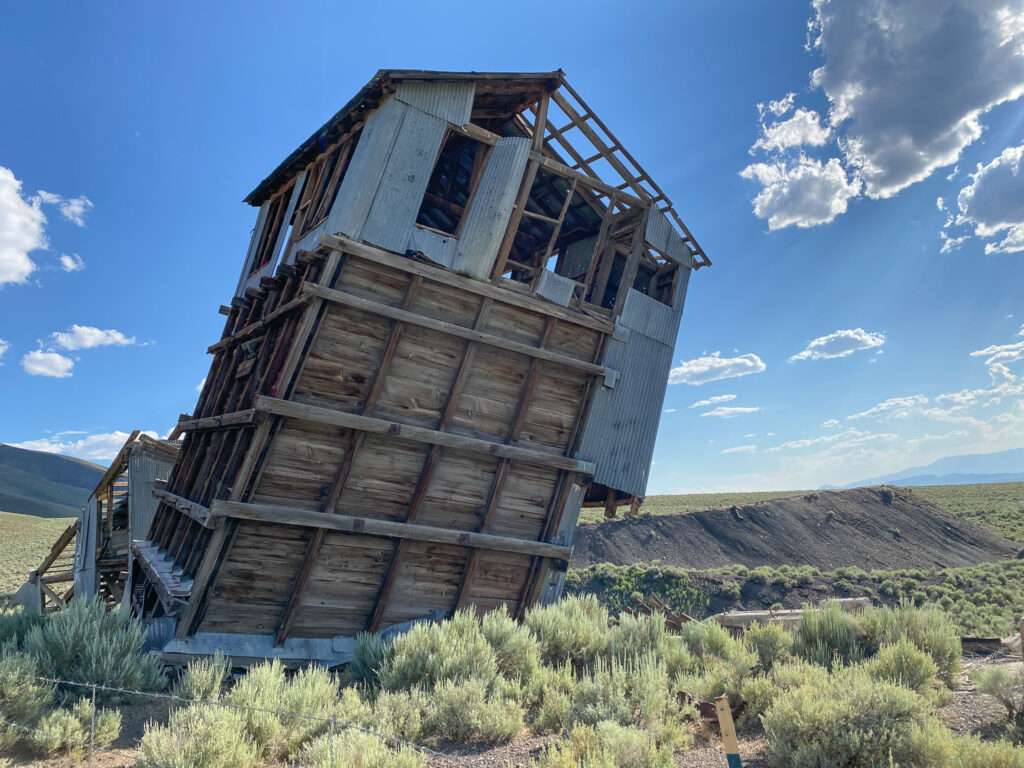

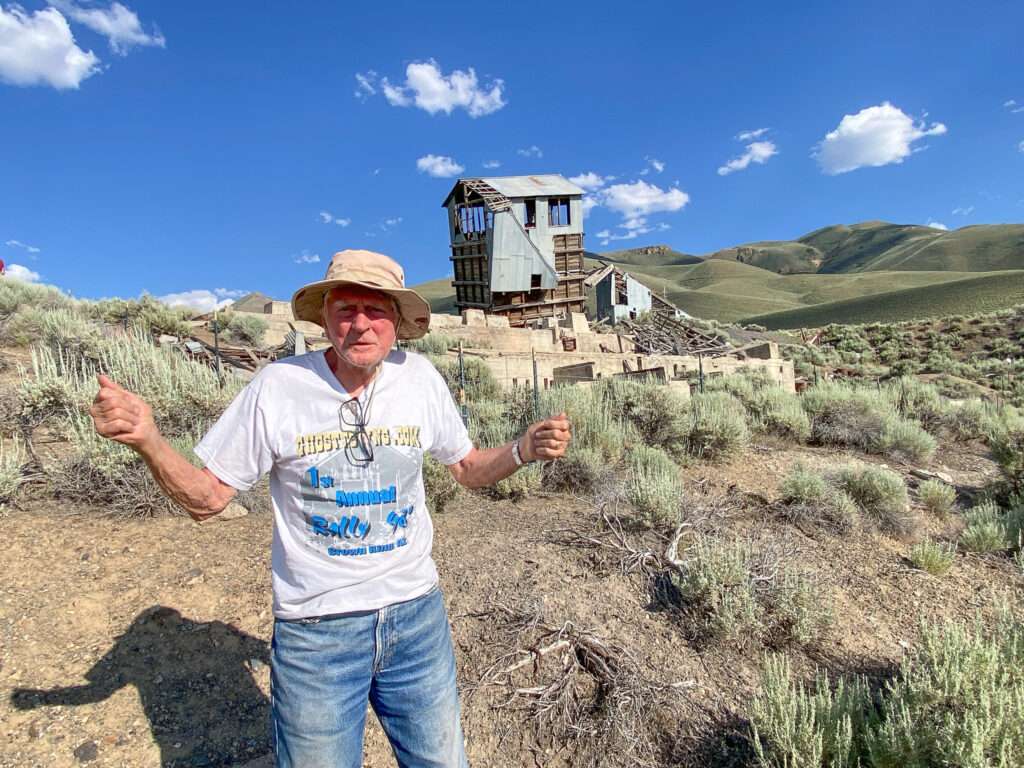
Home Bound
The guys were camping for another day, but I had to get home by. I love our sunsets in Carson Valley with the Sierra, but Fallon has some amazing sunsets.
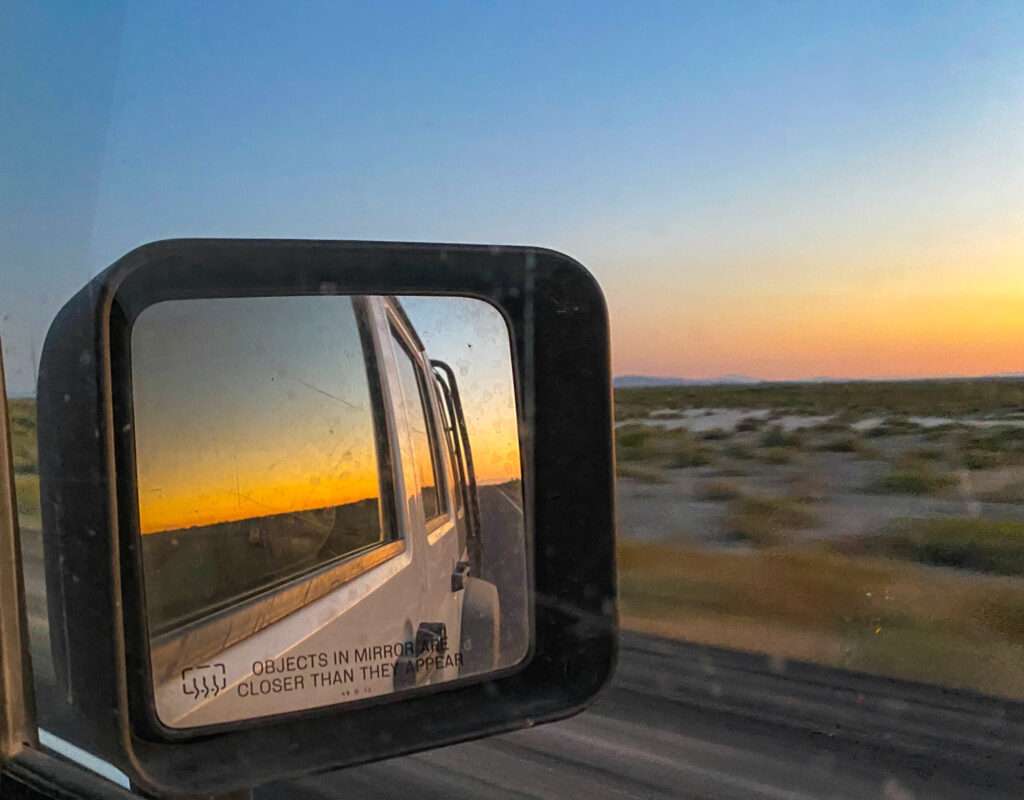
Lynn S. says
Great article! Stan is a friend and always love to see him ‘in his element’!!!
Tami says
I always love seeing him in his element! His book was published over 50 years ago and he still remembers each town and photograph.
Bill Moriarty says
Tami, excellent story – thanks!
Tami says
Thank yo Bill!
Dina Robinson says
Thanks for another wonderful trip with Stan !! I always feel like you take us with you on your adventures, Thank you !!
Tami says
Thank you, that is such a great compliment.
Kathleen Morris says
I love the stories the adventures would definitely like to join you in an ghost town camping adventure I’m a magnet for strange and unusual happenings. I recently took a trip and went to a ghost town where doors just opened up I went to a very bad place last summer and could believe it when people told me you are lucky to be alive . Yes I went alone with my dog and it isn’t quite as good as your trip but I was called there I would very much like to join one of your trips if you would have me. Think about it please and thank you Wyldkat61.
Tami says
It sounds like you have had some interesting experiences!
I don’t guide trips, but my good friend Austin of Nevada Expeditions does. It is through Churchill County. I have been on one of his trips and they are great.
https://ccpr.nvexpeditions.com/?fbclid=IwAR1bxbjF51N3gwlWGq0Q8yOs92OdNR90-1CD-RGhVUY8N9VLbRyBGrSZv14
terry says
if i packed my car like that i’d never be able to find what i wanted and wouldn’t remember where to look. there were some nice towns with buildings left not just a foundation and the tram and bucket was good.
Tami says
My stuff was all well organized and I knew where it was. But I had to pick up a passenger who was invited last minute and he hadn’t camped in a decade. Jeeps aren’t exactly known as spacious so we shoved his stuff everywhere.
My day to day stuff is not only organized but on a spreadsheet. 😉
Eric Besserud says
Great read again! Now I need to get a tire table for my jeep. And also very cool to be with a couple of guys that have been to so many canyons. Kinda what I’m doing but not at that level
Tami says
They have been so many places! I’m not sure if it was in the article, but the tire table company is in Carson City.
Thomas Resk says
Great content, Tami. Thanks for the vicarious ride-along!
Tami says
Glad you enjoyed the trip!
Jeanne Howerton says
One of your best articles! Great photos and wonderful, concise, captions. What at fun trip. Thanks for sharing with us.
Tami says
Thank you Jeanne, that means a lot from you!